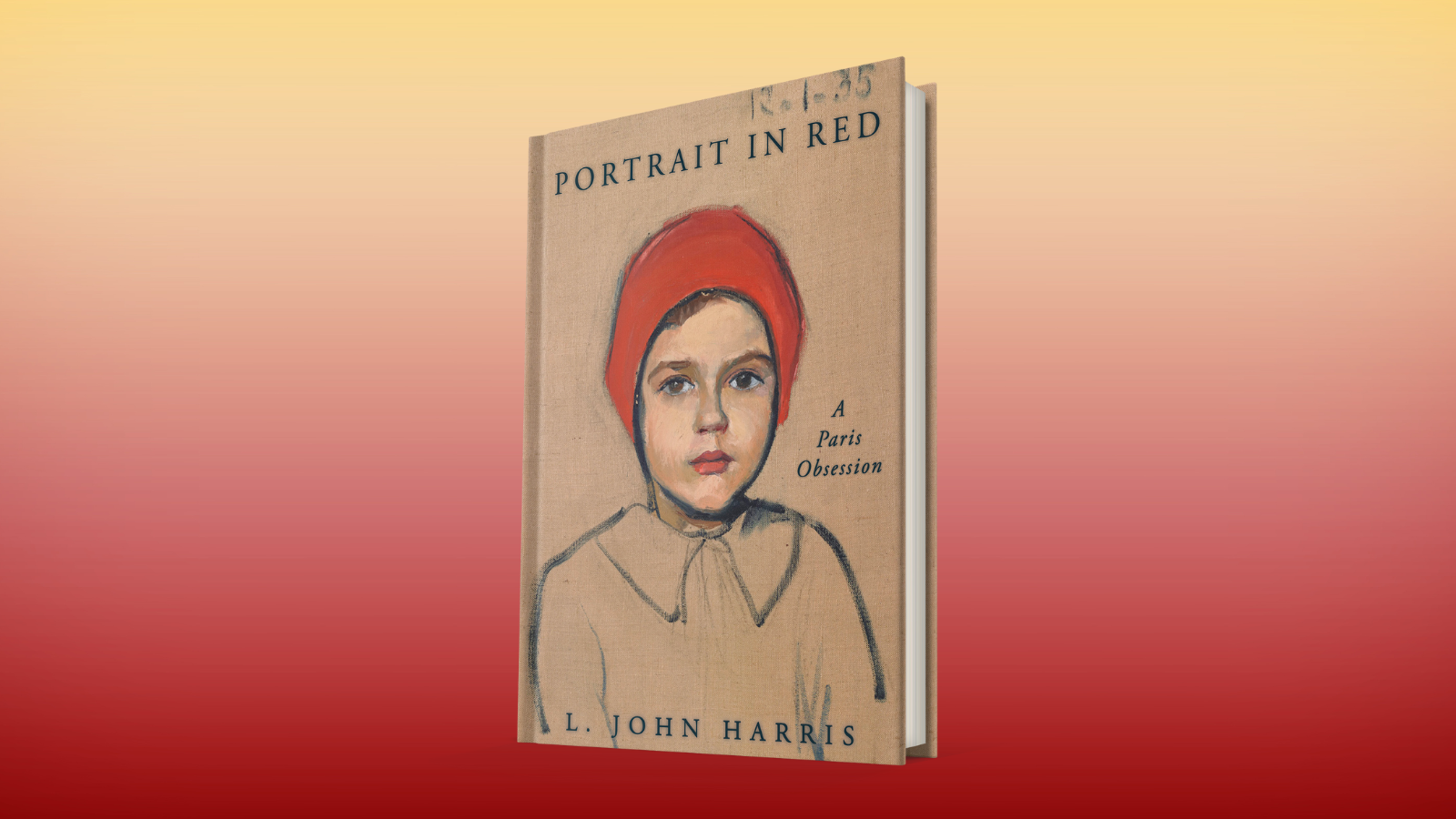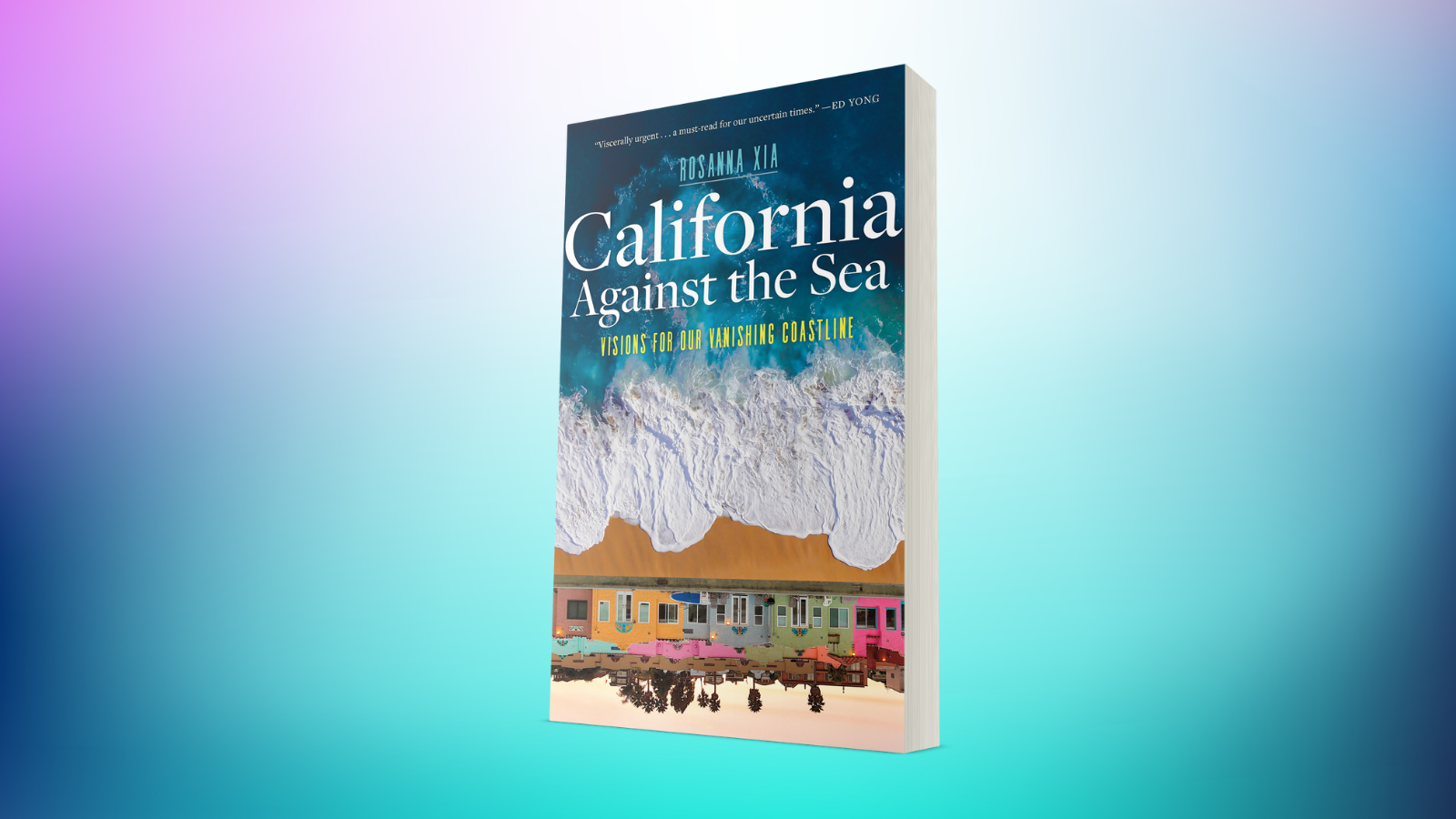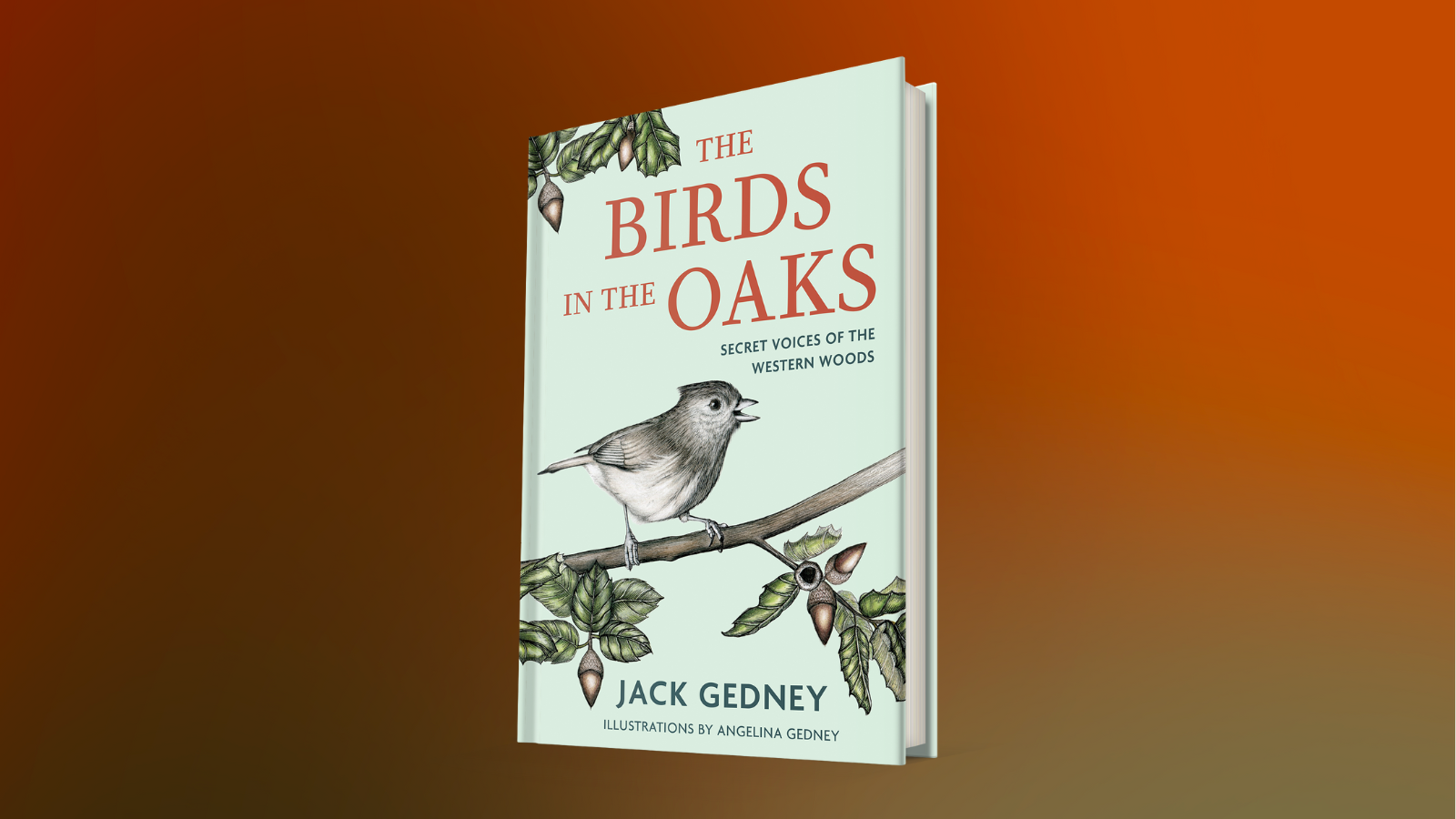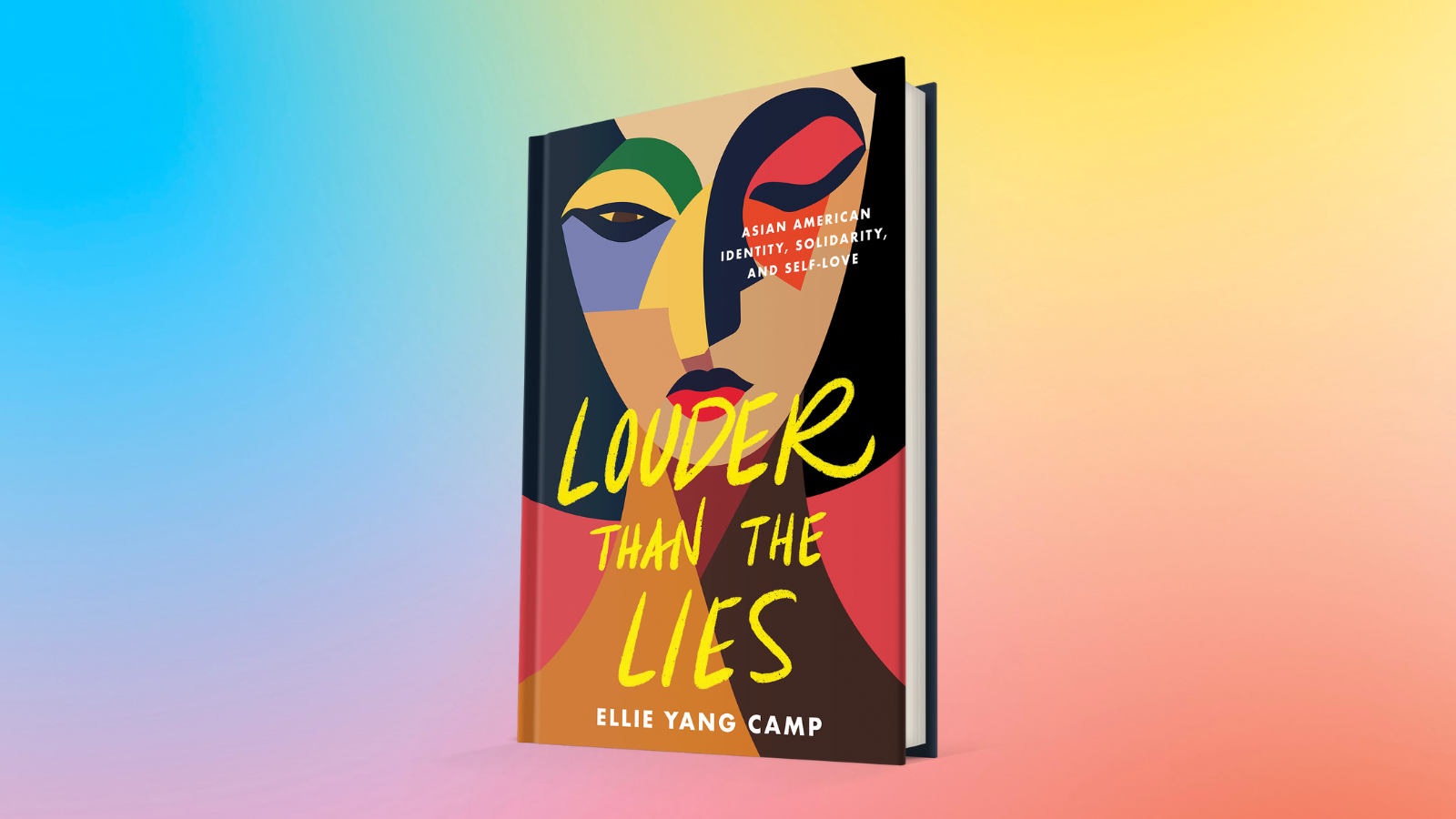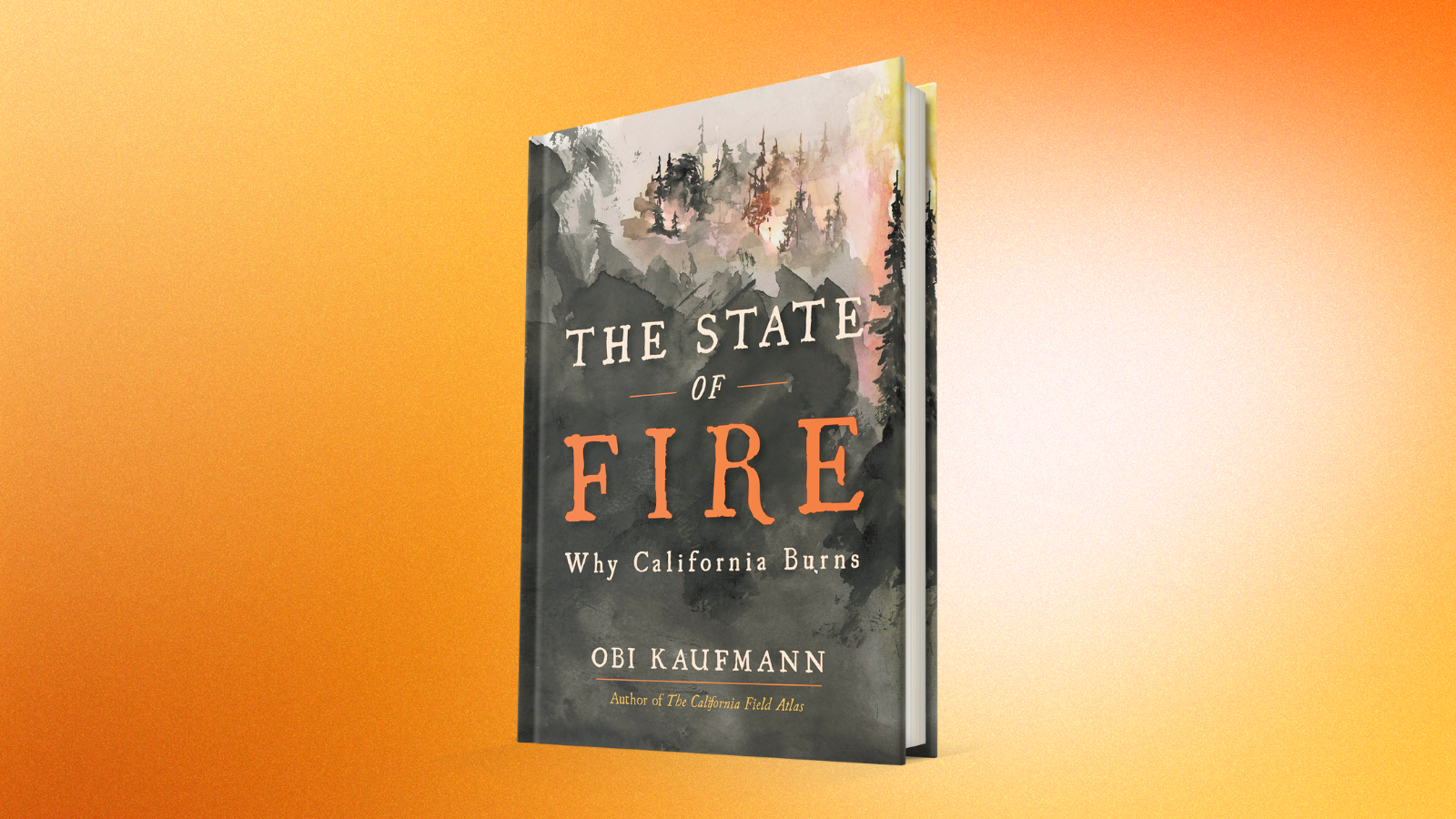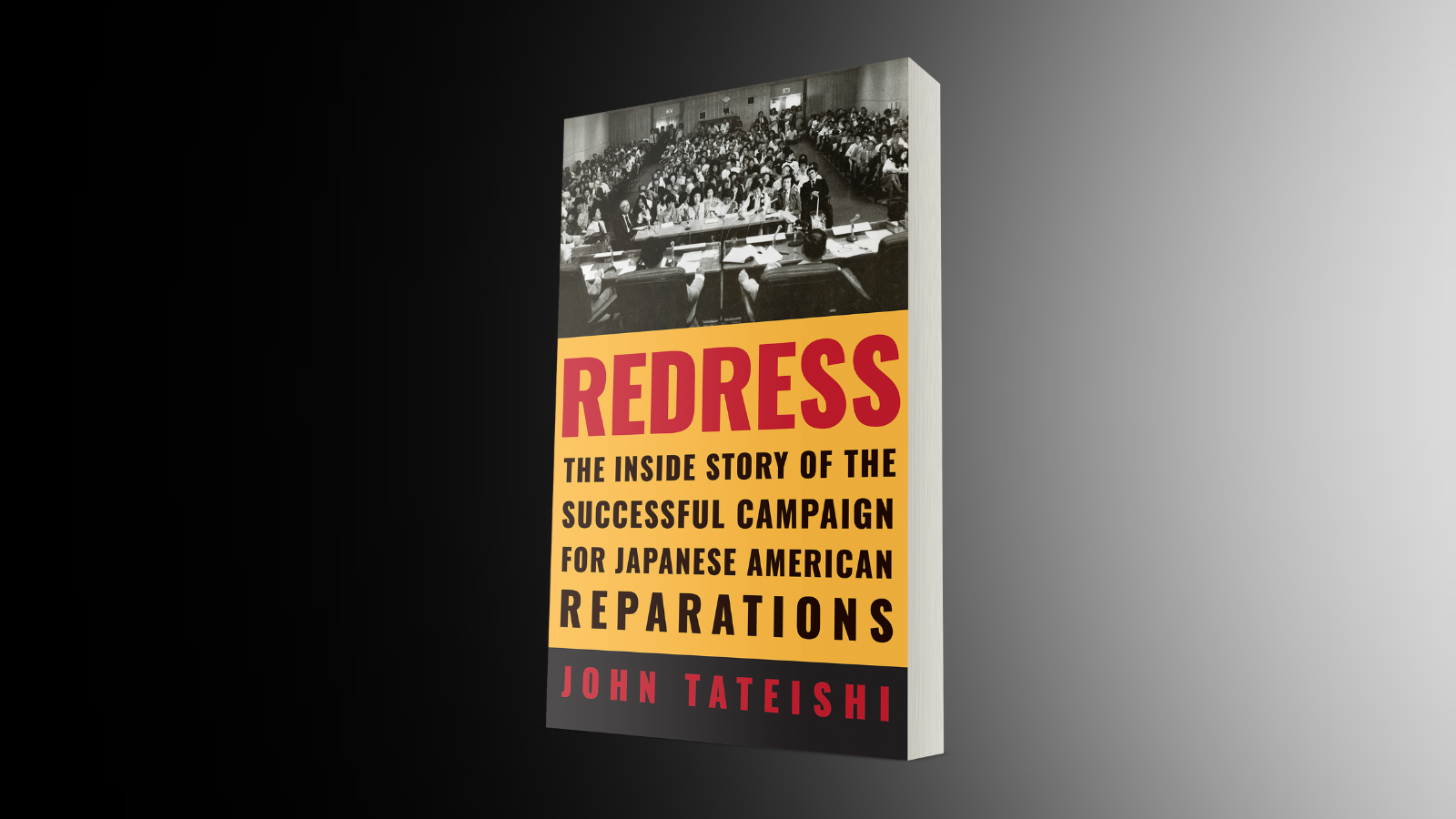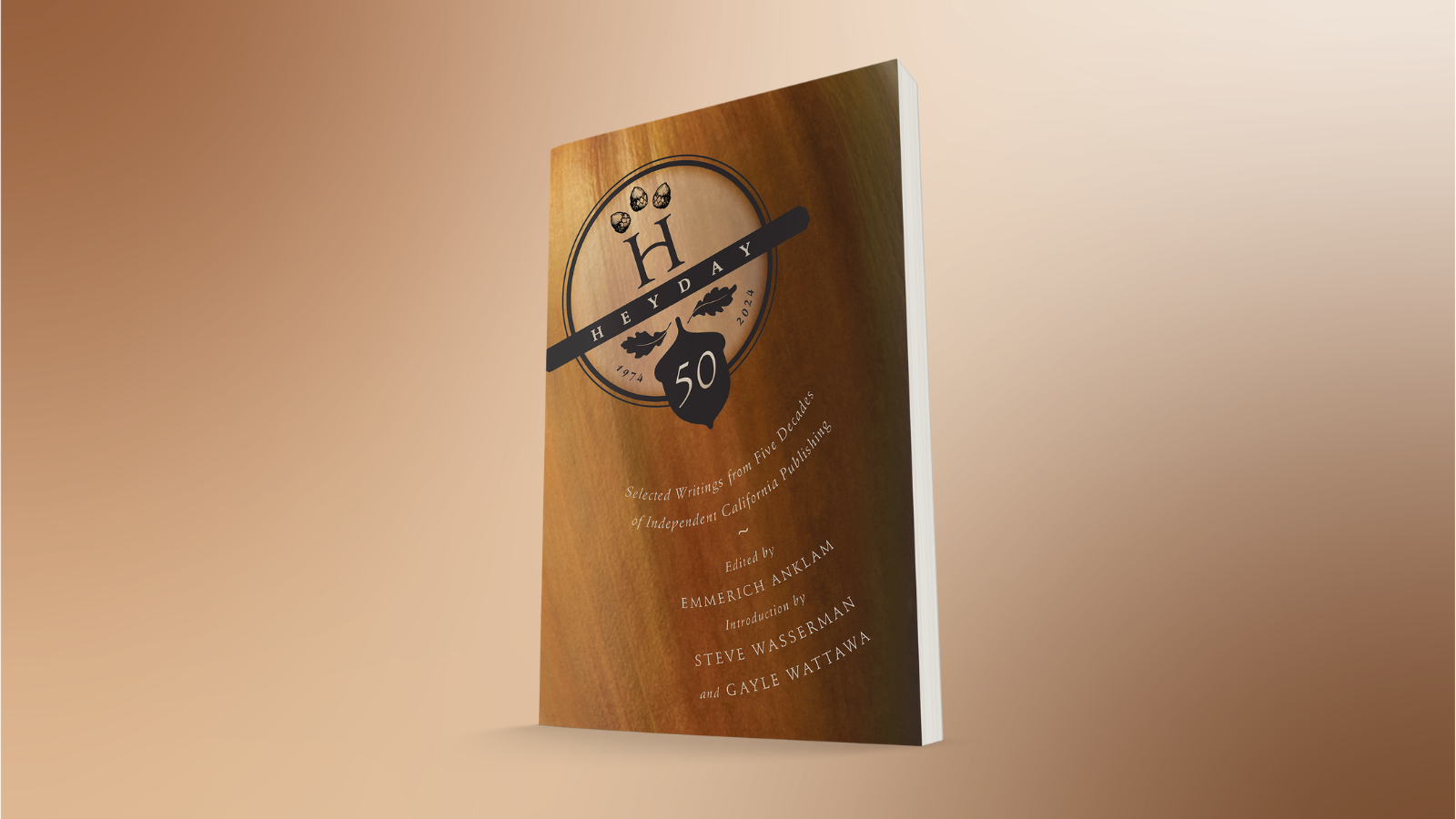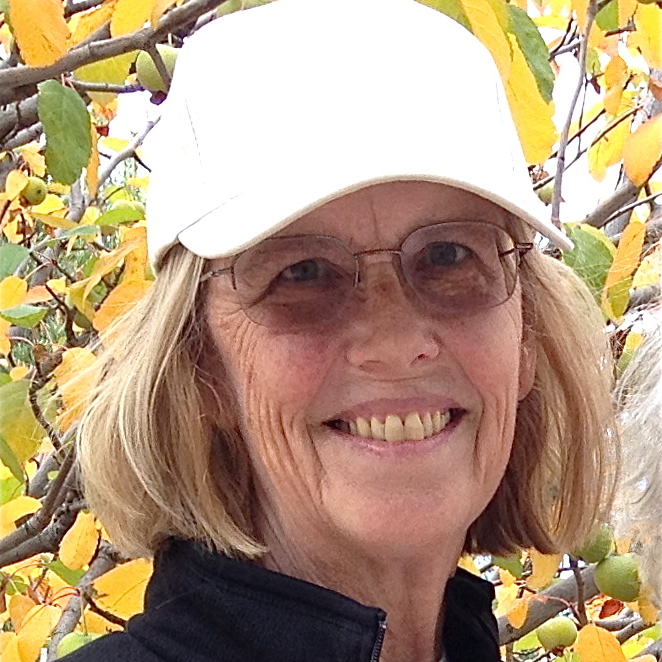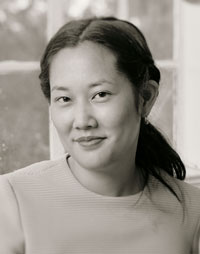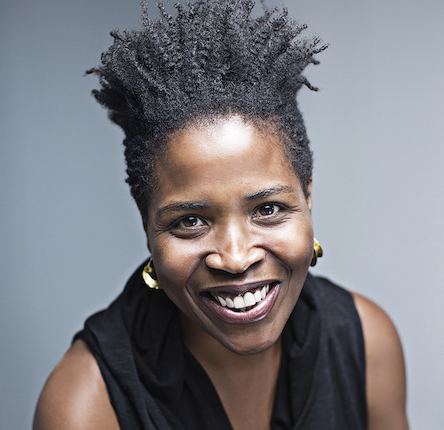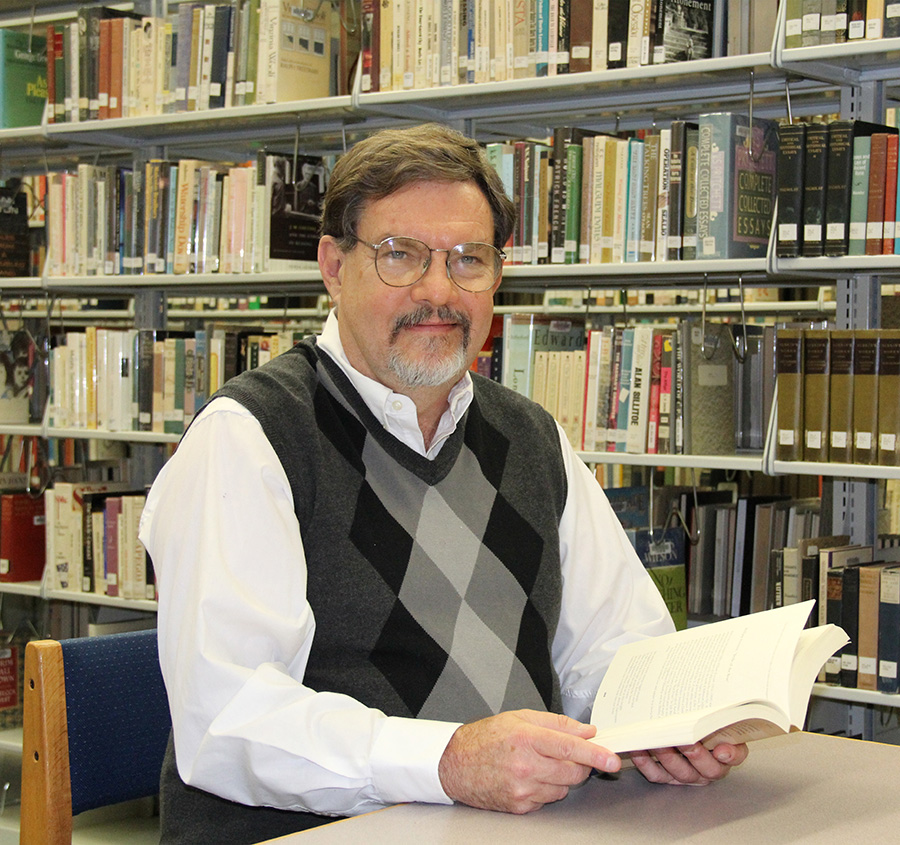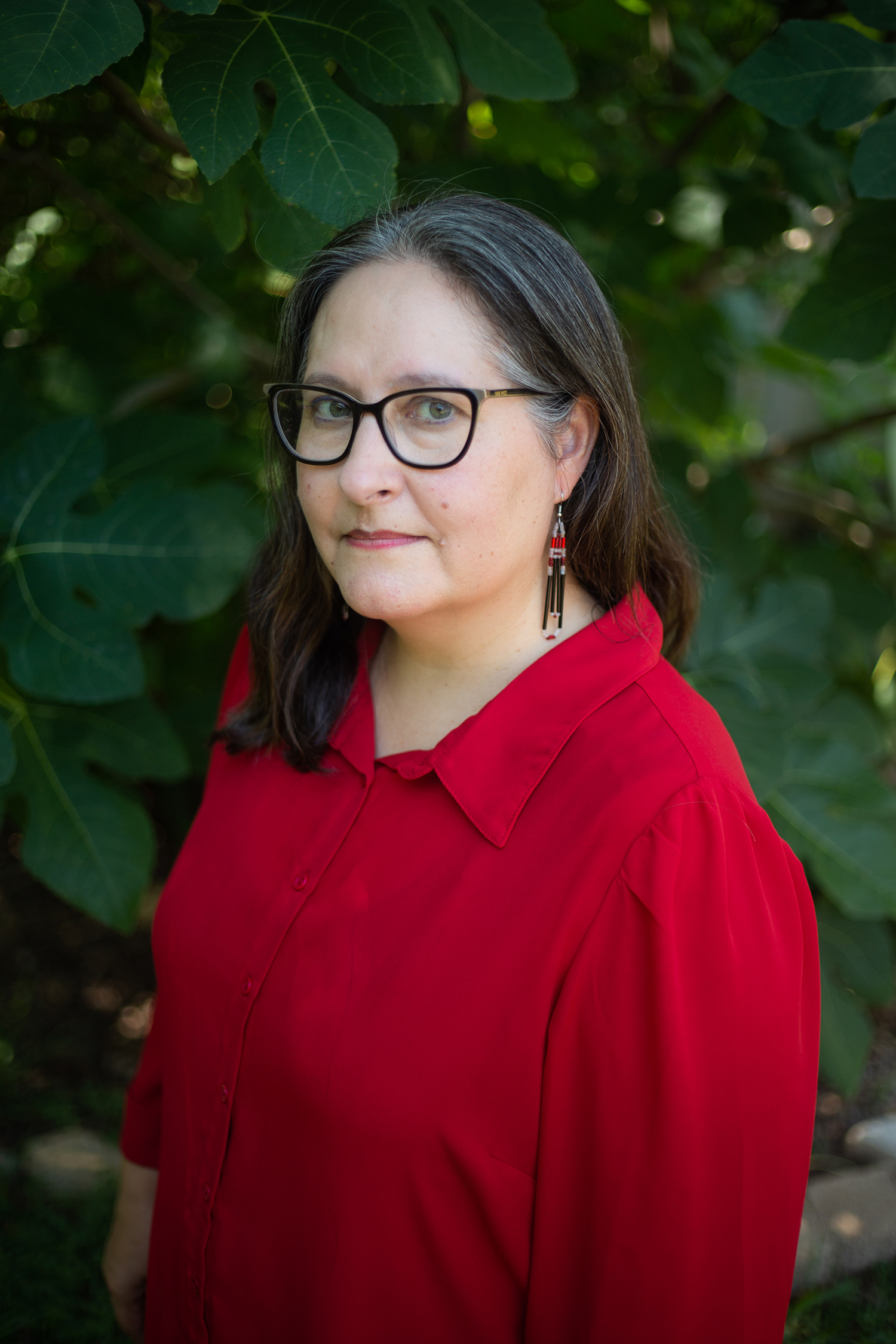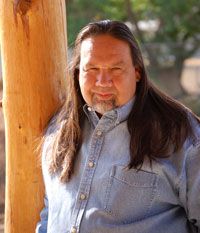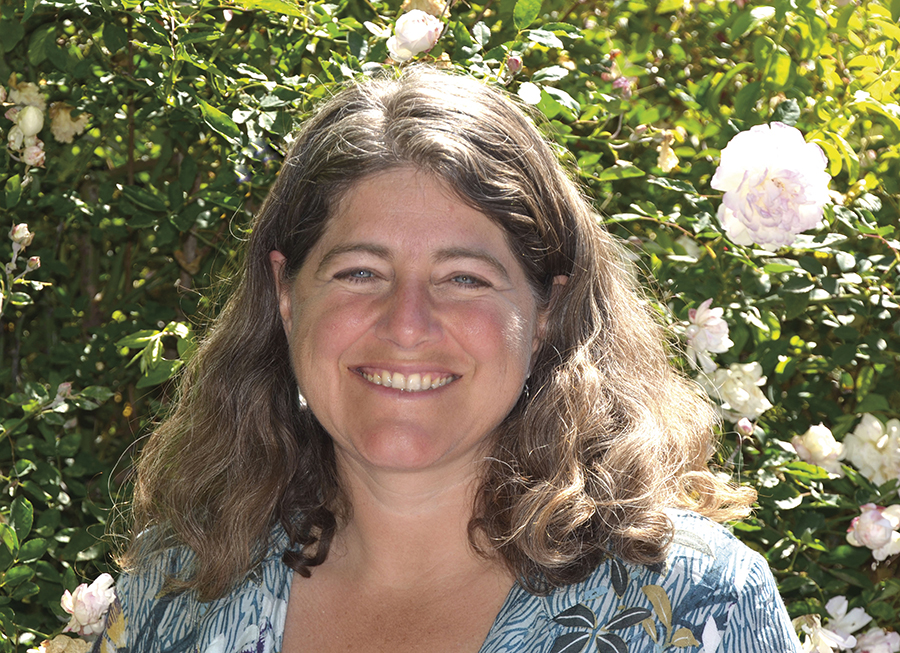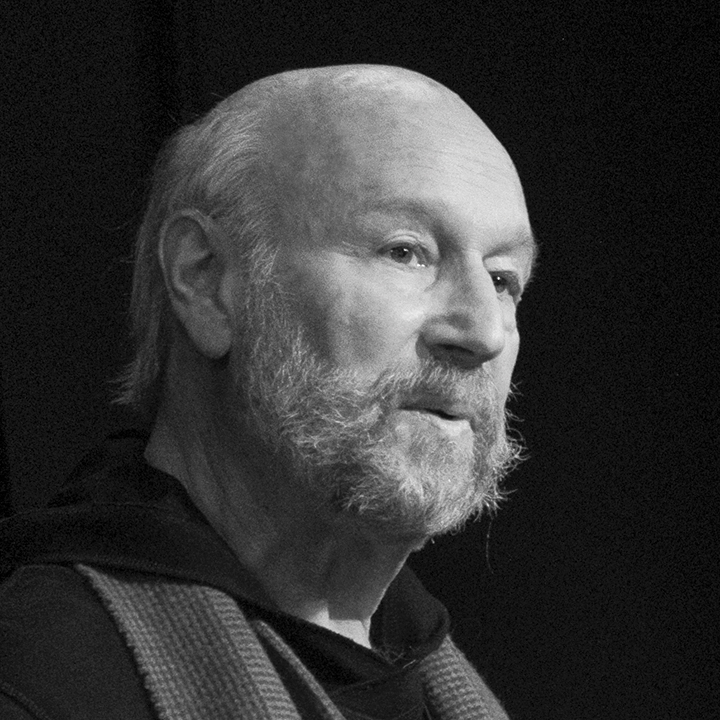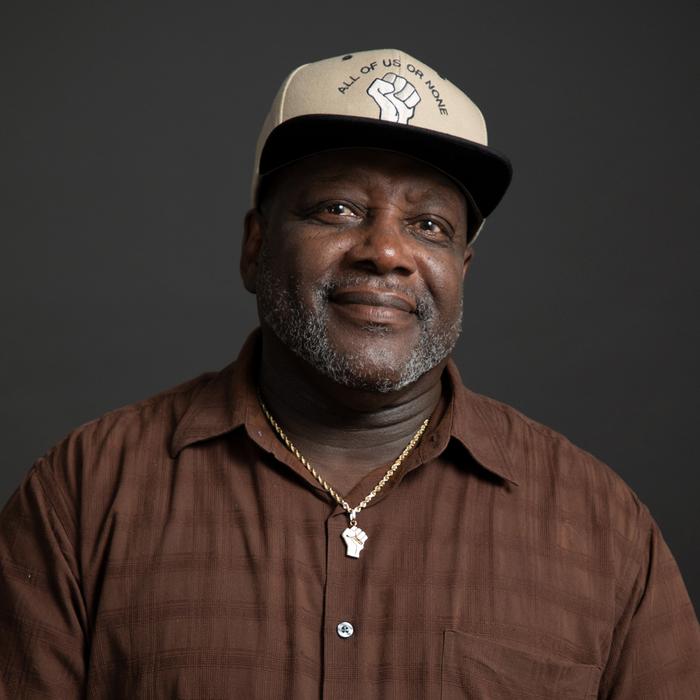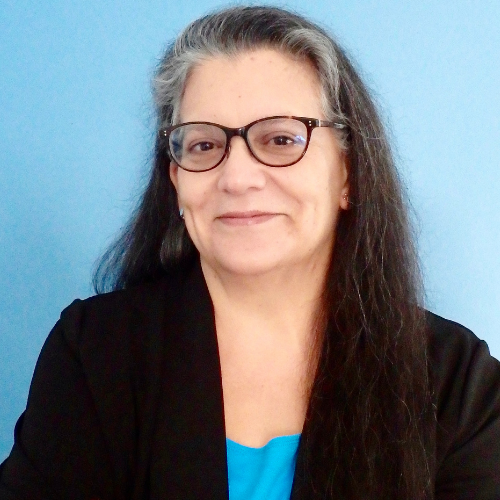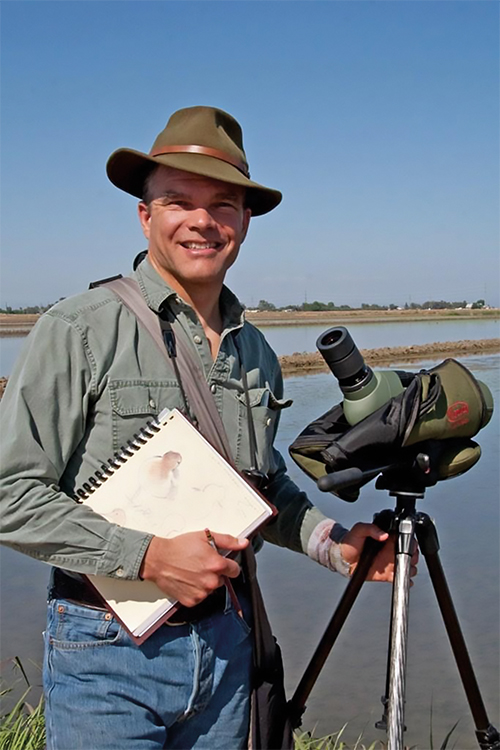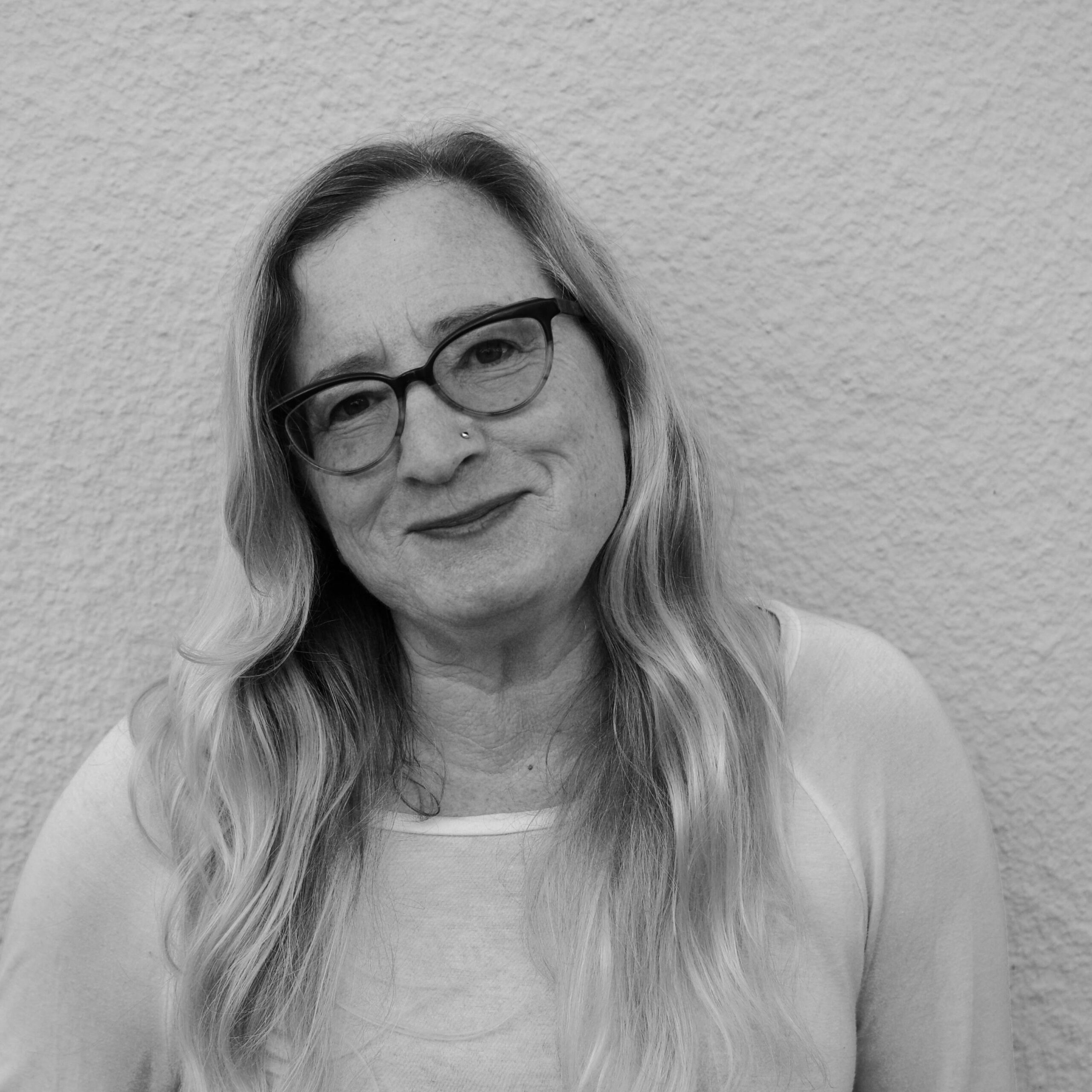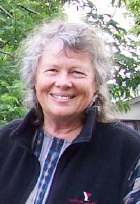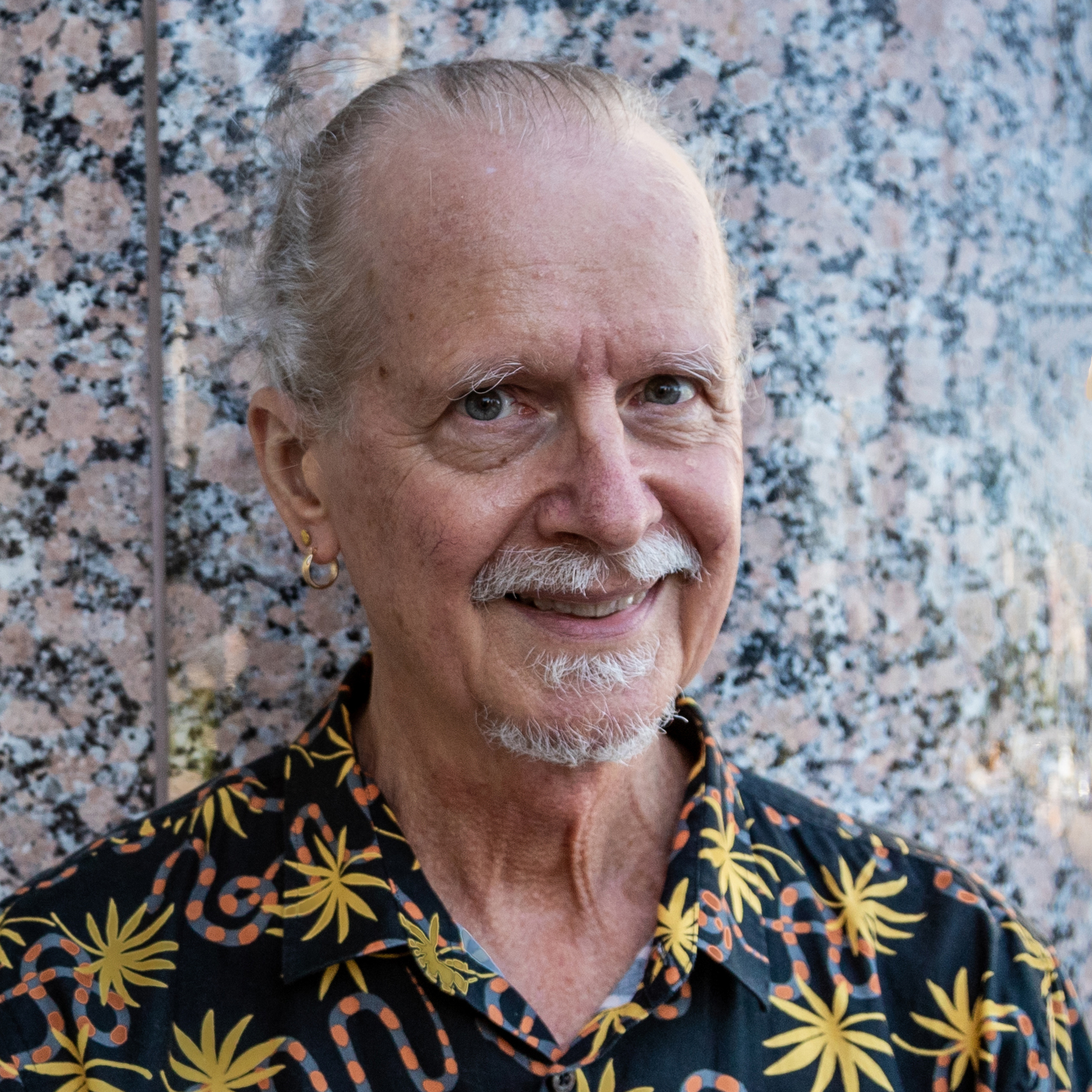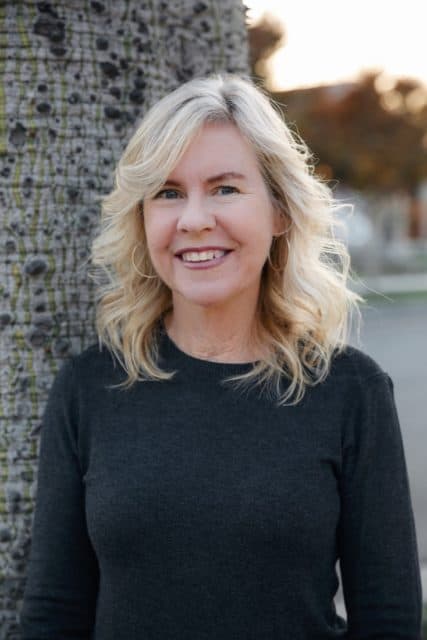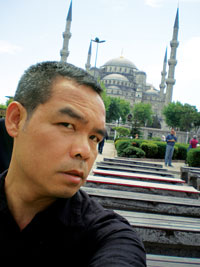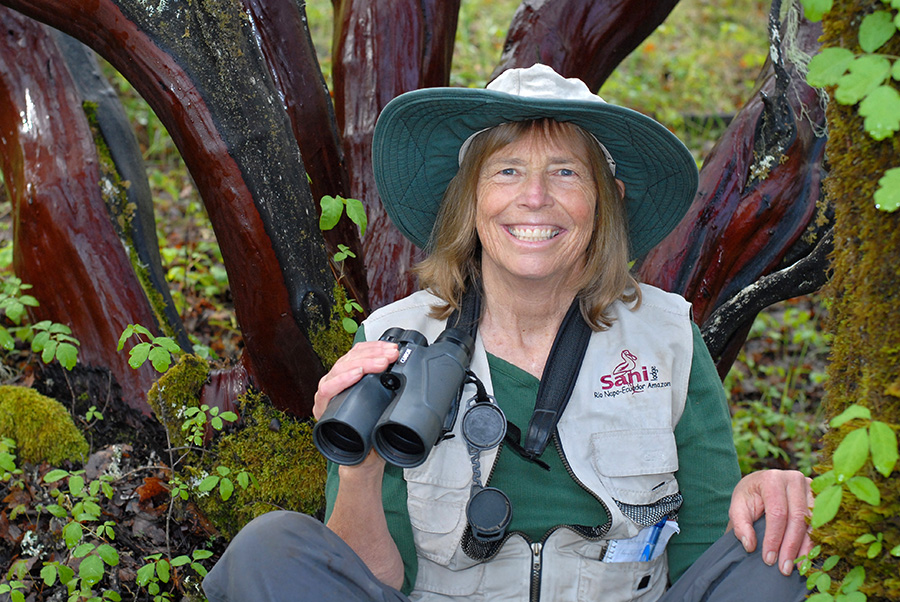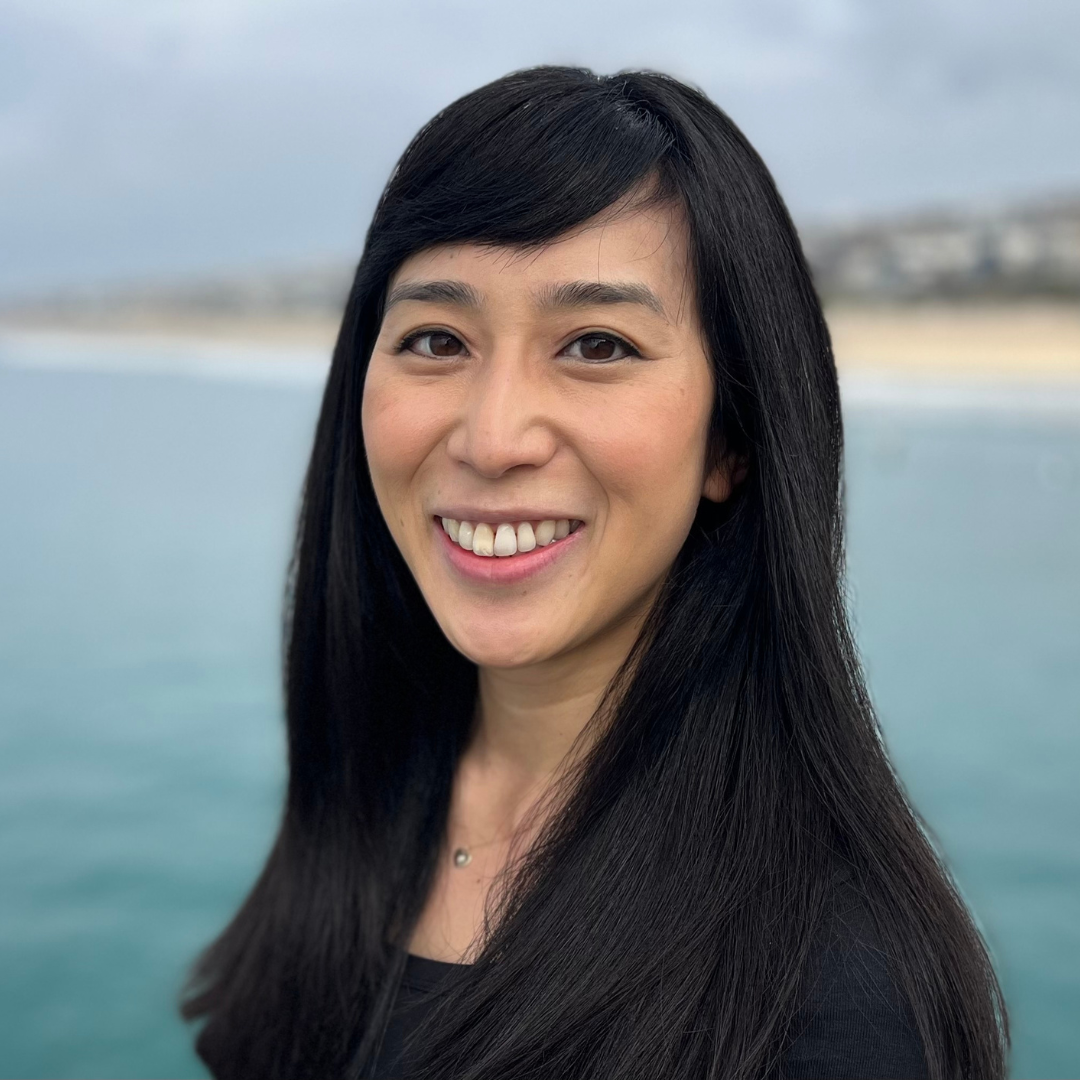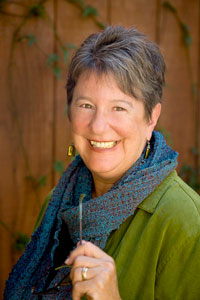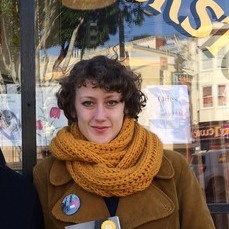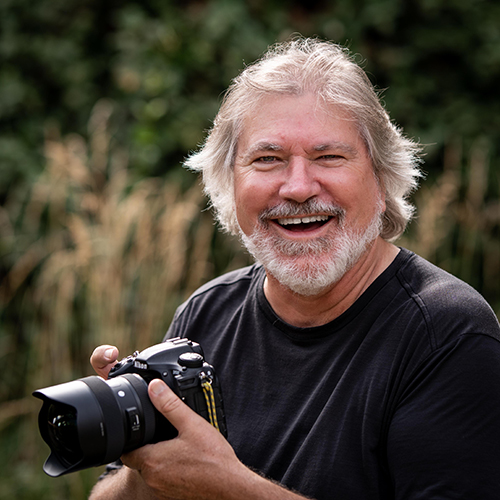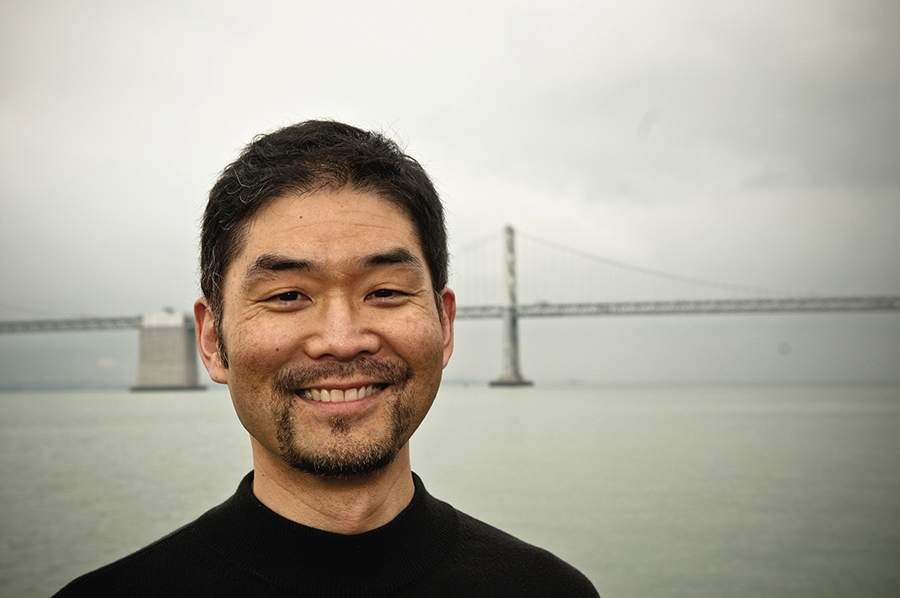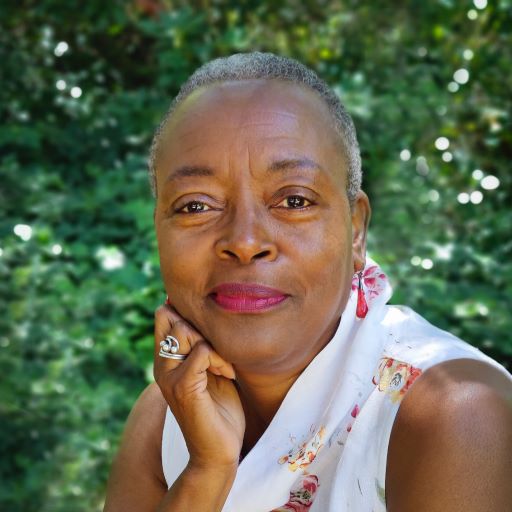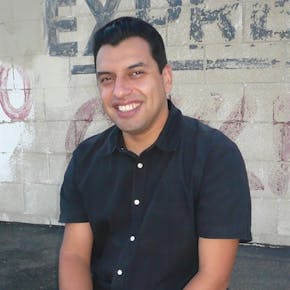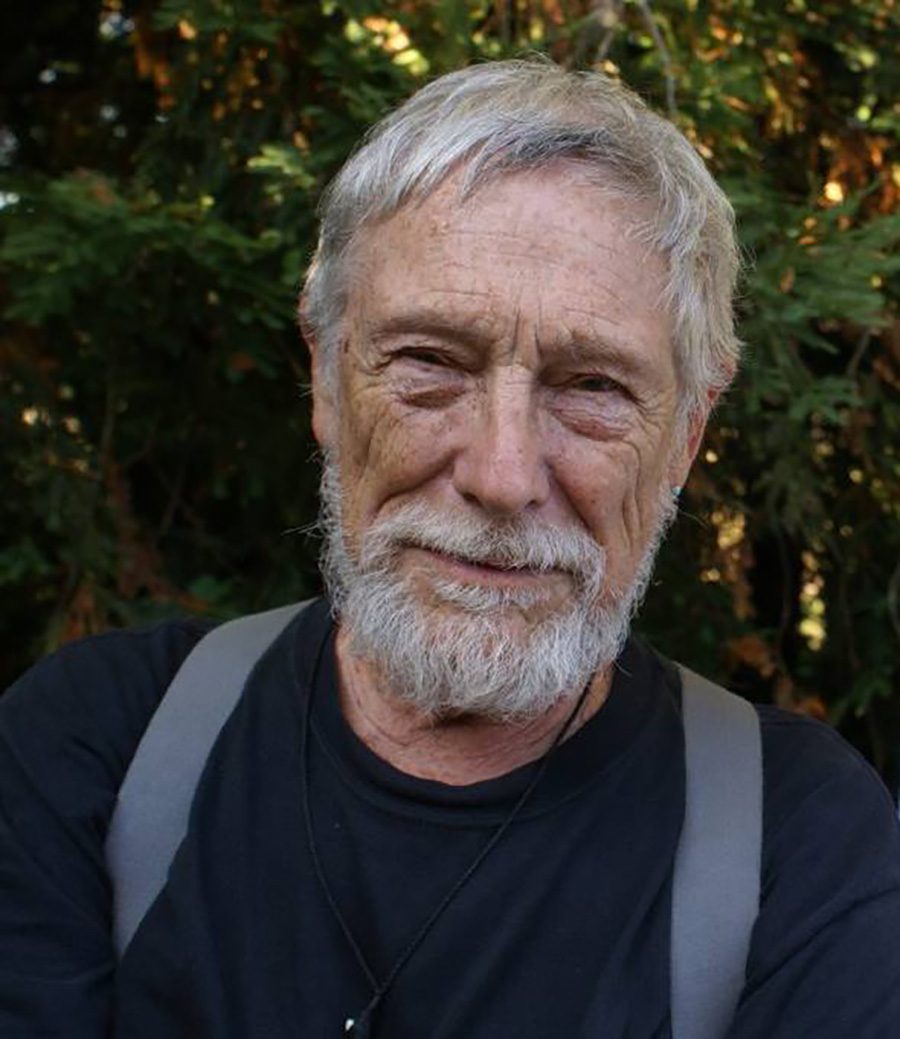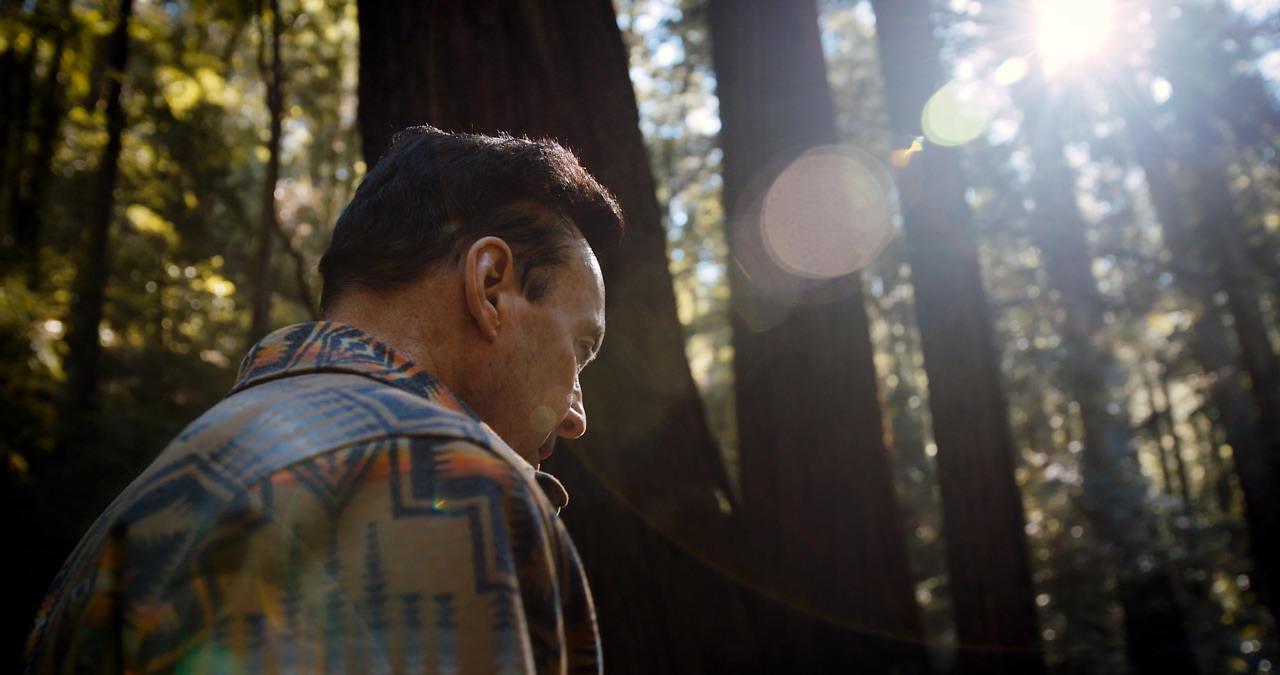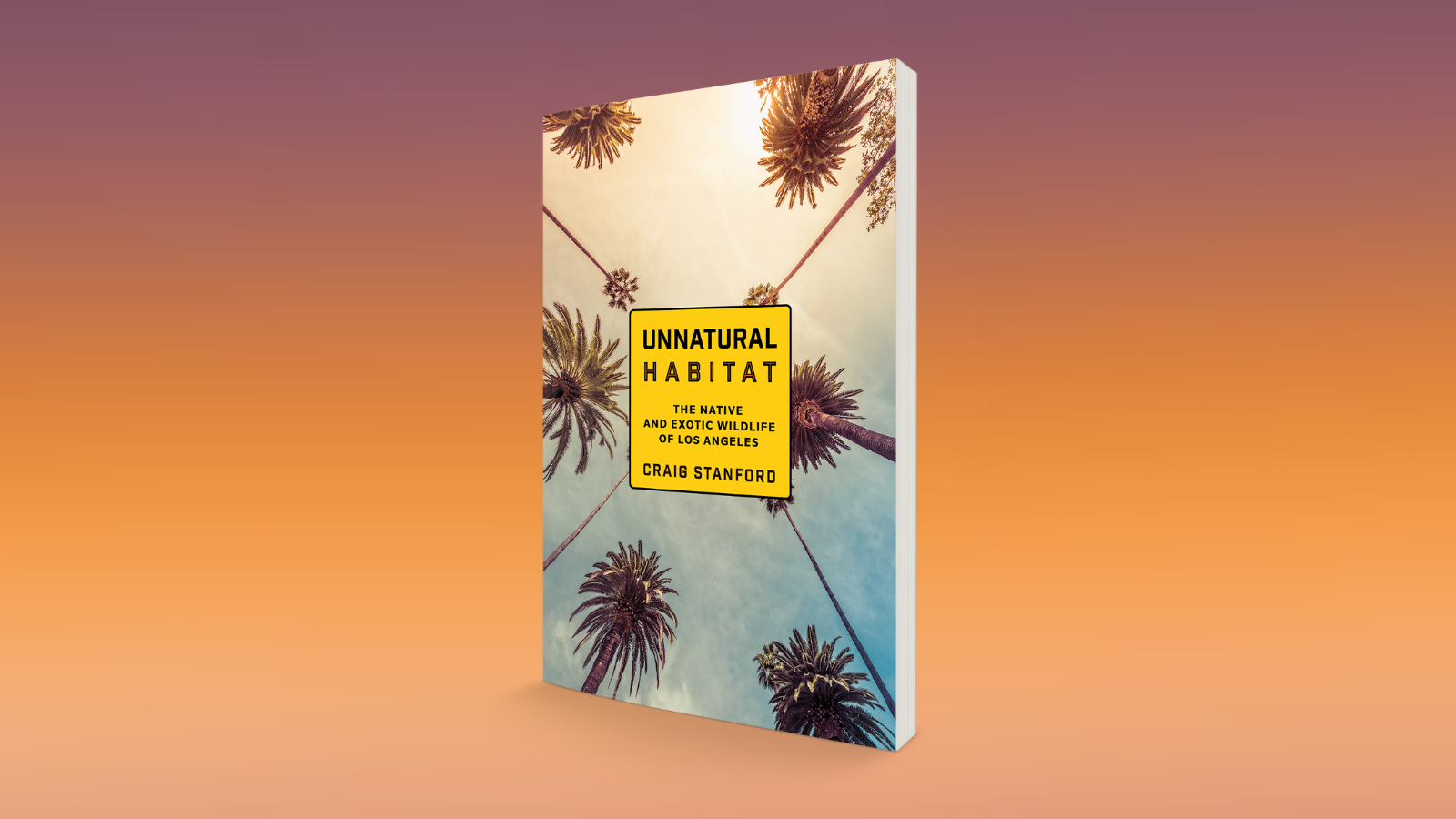Debuts November 2024 — Portrait in Red
New Memoir Recounts A Madcap, Globetrotting Romp to Discover the Secrets of a Discarded Painting
Offbeat humor and countercultural sensibilities abound in this playful riff on art investigations from self-described flâneur L. John Harris
BERKELEY, CALIF. — When food writer L. John Harris is sent to Paris to write about the croque monsieur sandwich, the last thing he expects is to embark on the journey of a lifetime. However, after finding a half-finished portrait left on the street, unsigned but dated January 12, 1935, he decides to uncover as much as he can about the painting. Blending memoir, art criticism, and history, Portrait In Red: A Paris Obsession is the most unconventional real-life detective novel you will ever read (on sale November 5, 2024).
Harris’ search for information on this rescued painting transforms from a quest to uncover the individual artist and the mysterious subject at the center of the half-finished portrait to a deeper exploration into what makes art, and any endeavor, valuable. This investigation takes him from art appraisers to psychics, string theorists to tourists, Russian painters to friendly neighbors. Along the way, he encounters a host of eclectic characters, each offering a unique perspective on the painting and its enigmatic past. He hosts private viewings, guerrilla poster campaigns, and digital art competitions. With a sense of adventure, curiosity, and care, we witness someone’s trash turn into another’s cherished treasure as the search for art becomes its own art project.
Portrait In Red: A Paris Obsession is not just a story about a painting; it’s a celebration of creativity, perseverance, and the pursuit of meaning and beauty in the world full of abandoned talent.
Advance Praise for Portrait in Red
“What a fascinating odyssey L. John Harris recounts, a detective story that is deeply affecting in its humanity, credible in its research. The discarded painting that he picks up one day in Paris leads him on an irresistible quest for answers: Who created this compellingly frank image? Who is the girl portrayed? Who put the picture out with the trash? Here, fully embodied, is the passionate curiosity that drives all human seekers.”
—Lynne D. Ambrosini, Deputy Director and Chief Curator Emerita, Taft Museum of Art, Cincinnati
“A lovely voice and a sweet, involving tale.”
—Lawrence Weschler, author of Mr. Wilson’s Cabinet of Wonder
“Local color, endearing ruminations, and Harris’ obsessive love for the City of Light shine through in these pages. C’est formidable!”
—David Downie, author of A Taste of Paris
“A gem of a book—a journey of discovery that reveals much about art’s power to seduce us, and even more about the author’s passion for it.”
—Terrance Gelenter, host of Your American Friend in Paris
“Portrait in Red is a rich global tapestry that is inviting, inventive, and lively.”
—W. Scott Haine, author of The History of France
“An amusing and authentic story of a beautiful and mysterious painting.”
—Serge Sorokko, Serge Sorokko Gallery, San Francisco
“In Portrait in Red, L. John Harris takes on the role of a Paris flâneur who comments on all he sees, hears, feels, and tastes. Harris’s expert eye and palette tease out the nuances of life on the streets of the French capital.”
—Zack Rogow, coauthor of Colette Uncensored
Media Contact:
ill nippashi
Marketing & Membership Manager, Heyday
For review copies, feature interest, and interview and image requests, get in touch: publicity@heydaybooks.com.

John Harris, born in Los Angeles, studied art and literature at UC Berkeley in the 1960s. Seduced by Berkeley’s food revolution in the 1970s, Harris worked at several iconic shops and restaurants and wrote The Book of Garlic (1974). He launched his cookbook company, Aris Books, in 1980 and his “Foodoodles” cartoon byline in Bay Area magazines led to a series of illustrated memoirs: Foodoodles (2010), Café French (2019) and My Little Plague Journal (2022). Mr. Harris coproduced with PBS in 2001 the film Los Romeros: The Royal Family of the Guitar and serves as the curator of the Harris Guitar Collection at the San Francisco Conservatory of Music. Harris’s next book is a history of Berkeley’s “gourmet ghetto,” to be published by Heyday.
Debuts November 2024 — The Laws Field Guide to Sierra Birds (Updated Edition)
Beloved Naturalist and Illustrator John Muir Laws Debuts an Updated Edition of His Classic Birds Guide
The Laws Field Guide to Sierra Birds features over 200 species with full-color illustrations to help hikers, birders, and nature enthusiasts identify the winged creatures of the Sierras.
BERKELEY, CALIF. — On the 20th anniversary of its original publication, Heyday proudly debuts an updated edition of John Muir Laws’ classic guide to the birds of the Sierra Nevada mountain range. Born out of a partnership with the California Academy of Sciences, The Laws Field Guide to Sierra Birds (October 2024), serves as a quintessential resource for both experienced bird watchers and budding ornithologists, and after two decades in print and over 40,000 copies sold, has become an indispensable resource.
Featuring a unique color-coded taxonomy, in this conveniently portable guide, Laws walks readers through the rainbow of montane avifauna, from red to orange to yellow to green to blue birds, in addition to separate sections on waterfowl and raptors. This updated edition features all new illustrations from the celebrated nature journaler, whose bestselling field and drawing guides combine art and science to foster curiosity, community, and nature connection.
As president and co-founder of the Wild Wonder Foundation—a nonprofit dedicated to encouraging nature connection and conservation—Laws’ goal in all his work is to nurture and celebrate attention to the wonder and beauty in our natural world as an entry point to stewardship, conservation, and care. With The Laws Field Guide to the Sierra Birds, he invites readers to turn their eyes to the skies.
“My start in nature journaling and drawing came through workshops with John Muir Laws,” writes Amy Tan, author of The Backyard Bird Chronicles. “I not only learned to draw, I discovered I could live more deeply in the moment, with curiosity, awe, and gratitude. It was restorative in a time of turmoil.”
“My working definition of love is sustained, compassionate attention,” says John Muir Laws. “When you pay attention to another, it changes your relationship with them, and it also changes you. That attention is also what forms and sustains our relationship with the natural world. Your attention is one of the greatest gifts that you can give to the world. It is a celebration. It is a song of connection. It is a prayer to the wonder of what is around us.”
With his updated field guide to Sierra birds, Laws invites all readers to share in the joy of attuning to nature, to discover what the birds are doing, and to use this experience to open up to the beauty and diversity of the Sierra.
Reader Praise for Sierra Birds
“This lightweight book is easy to use, the illustrations are beautiful and easy to compare with the sightings, and it is easy to carry. Terrific reference to bring birds in the field into the heart and carry close in memory.”
—Bailey M.
“I’m jealous of the friend I’m gifting this to, and I’ll probably be getting myself a copy as well. I love how easy this is to use for identification! A must for anyone living in the Sierras.”
—Mary
“Another beautifully illustrated and easy to use field guide of Sierran birds. And if you ever get a chance to see John Muir Laws give a presentation, do so!”
—Glen W.
“This is a well prepared compact reference. Nature lovers can find excellent identification pictures and descriptive narrative to aid in enjoying our feathered friends.”
—Anonymous
“Finally a good bird book for Sierra hikers! This book is very easy to use because the birds can easily be found simply by looking at the color of what you’re seeing. It’s excellent for kids and advanced birders alike.”
—J. Haskel
“Everyone with a plan to hike the Sierras, or owns a home there should have one.”
—Sue L.
Media Contact:
Kalie Caetano
Marketing & Publicity Director, Heyday
For review copies, feature interest, and interview and image requests, get in touch: publicity@heydaybooks.com.
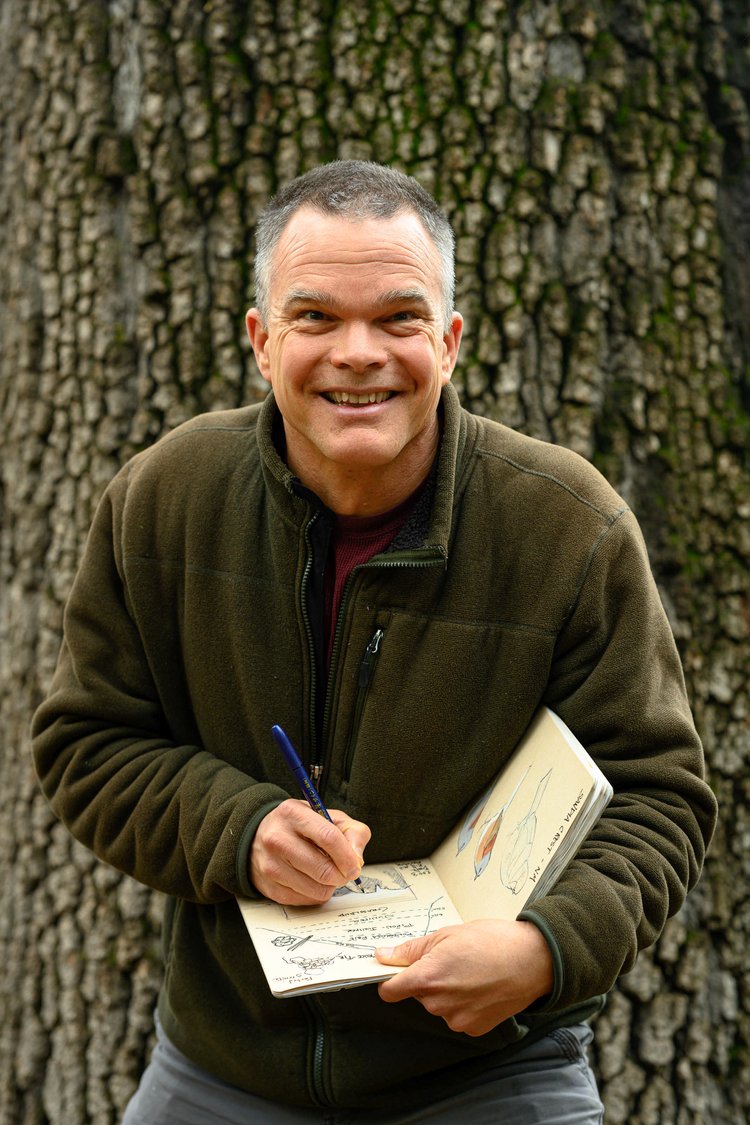
John Muir Laws is a naturalist, educator, and artist with degrees in conservation and resource studies, wildlife biology, and scientific illustration. His books include The Laws Field Guide to the Sierra Nevada, The Laws Guide to Drawing Birds, The Laws Guide to Nature Drawing and Journaling, and (with Emilie Lygren), and How to Teach Nature Journaling, all published by Heyday. He is cofounder of the Wild Wonder Foundation (wildwonder.org), an organization encouraging nature connection through art and science. Visit his website at johnmuirlaws.com.
Debuts September 2024 — California Against the Sea (paperback)
Pulitzer Finalist’s Prescient Exploration of Sea Level Rise Hailed as A Critical Guide to the Future
In her celebrated and awards-winning book, Los Angeles Times environmental reporter Rosanna Xia reveals what we stand to lose along our vanishing shorelines—unless we can imagine a more climate-wise path forward.
BERKELEY, CALIF. — Wherever land meets sea, heating oceans swell into higher-than-high tides and city-leveling storms. Venice sinks, Louisiana shrinks, Indoneisans flee their seaside capital, and North Carolina’s beaches are disappearing like a time lapse with no end. For the last hundred years, California’s 1,200-mile Pacific coastline had enjoyed relative calm, but shifting tides exacerbated by climate change are bringing this serene century to a screeching close. In California Against the Sea: Visions for Our Vanishing Coastline, now releasing in paperback (September 24, 2024) and audiobook, Pulitzer finalist Rosanna Xia dives deep into the stakes, stopgaps, and potential paths forward for the 27 million people who call this coastline home.
By century’s end, sea level rise could threaten to push the Pacific shore inland by a measure of multiple football fields, an anticipated surge that could imperil tens to hundreds of billions of dollars of human settlement to say nothing of the risk posed to human and non-human life. Xia, a veteran environmental reporter for the LA Times, voyages across the West Coast to pull the curtain back on the trepidations of scientists, the tenacity of activists, and the battles intensifying in more than 20 coastal communities dotting the shoreline as they grapple with rising waters. The challenge, Xia says, is How do we get more people to care?
Through graceful in-depth reporting Xia explores how vested interests have trumped science, how low-income communities bare the brunt of environmental catastrophe (and are poised to do so again), how an attitude of human supremacy has hobbled our imaginations to envision what the coast could be, and how we may yet forestall impending devastation if we can embrace our collective capacity for change—in time.
“Few people are more qualified to explain and analyze this landscape,” writes Science. “[Xia] breathes exquisite detail and dialogue into a rich narrative held up by years of beat reporting.”
Declared a 2024 Great Read from Great Places by the Library of Congress, and winner of the California Book Award, the Nautilus Book Award, and the Golden Poppy (voted on by more than 230 independent booksellers), California Against the Sea is a triumph of ecoreportage, an indispensable future-forward book that has earned a place among the pantheon of watershed environmental treatises.“While largely focused on coastal erosion, California Against the Sea stokes a universal sense of urgency,” says Wesley Minter of Third Place Books (Seattle, WA). “This is a notable debut that deftly balances the hard realities of the present with a sense of pragmatic hope for the future.”
Advance Praise for California Against the Sea
“Just as the coast defines the liminal world between land and sea, so too does Rosanna Xia’s remarkable book exist in the overlap between development and erosion, between geological forces and human desire, between our ambitious past and our tenuous future. It’s viscerally urgent, thoroughly reported, and compellingly written—a must-read for our uncertain times.”
—ED YONG, author of An Immense World
“This book should be required reading for Californians—and all Americans. Exquisite and wrenching, Rosanna Xia has written an essential book that shows us what we stand to lose.”
—LIZZIE JOHNSON, author of Paradise: One Town’s Struggle to Survive an American Wildfire
“Fans of Xia’s work for the L.A. Times will recognize her virtuosic blend of propulsive boots-on-the-ground storytelling, explanatory reporting, and genuine curiosity and love for place. A profound and timely exploration of humanity’s various and shifting relationships to coastlines and the forces that shape them by one of the great environmental reporters working today.”
—LISA WELLS, author of Believers: Making a Life at the End of the World
“Xia’s prophetic and perceptive book reveals a California coastline denied by centuries of settlers more intent on dreaming than facing the unsteady reality of the living ocean’s edge. California Against the Sea is the invitation we need today to enter a future where we learn to work with nature instead of against it. Xia’s message should be heeded everywhere ocean meets land.”
—MEERA SUBRAMANIAN, author of A River Runs Again: India’s Natural World in Crisis, from the Barren Cliffs of Rajasthan to the Farmlands of Karnataka
“In the midst of the climate crisis, can the people of California treat the rising Pacific Ocean as something other than an adversary? In California Against the Sea, Rosanna Xia argues persuasively that such a transformation is not only possible but already underway, inspired by lessons from deep history and the recent past. Rigorously reported and beautifully written, this book is a crucial guide to the future.”
—MICHELLE NIJHUIS, author of Beloved Beasts: Fighting for Life in an Age of Extinction
“Xia’s California Against the Sea deftly charts the past, present and future of California’s changing coastlines in order to retrieve hope for more sustainable futures from headlines of environmental loss. This lucid account shows that sea level rise is less an intractable problem than an urgent invitation to rethink our relationships with oceans and with one another. A beautiful, revelatory and prescient book.”
—LUCAS BESSIRE, author of Running Out: In Search of Water on the High Plains
”Rosanna Xia’s ability to move effortlessly between the journalist’s voice, the historian’s voice, and even the poet’s voice makes her story of our climate precarity more than an account of evidence and circumstance. The book is rife with humanity, nuanced and powerful because of it.”
—OBI KAUFMANN, author of The Coasts of California
Post-Publication Praise for California Against the Sea
A 2024 Great Read from Great Places
Selected by the Library of Congress and the California Center for the Book
A 2024 California Book Award Winner
Selected by the Commonwealth Club of California, Californiana Category
A 2024 Golden Poppy Award Winner
Voted best nonfiction book of the year by the California Independent Booksellers Alliances (CALIBA)
A 2024 Nautilus Silver Medal Winner
Restorative Earth Practices Category
A Best Book of 2023, Architect’s Newspaper • A Favorite Book of 2023, San Francisco Chronicle
“What happens if, as the world warms and the Pacific Ocean rises, California’s coast and beaches drown? That’s the crisis that Los Angeles Times environmental reporter Rosanna Xia investigates in her thoughtful, balanced, deeply researched and reported California Against the Sea.”
—San Francisco Chronicle
“When do seawalls make sense? And when is it better to give in to the tides? In California Against the Sea, Xia writes about the difficult realities of trying to incorporate fairness into our tally of costs and benefits.”
—The New Yorker
“An unsparing look at California’s contentious battle to cope with a changing climate.”
—Publishers Weekly
“A beautifully written, highly relevant book about not just our relationship with and how we think about the natural world, but also how we relate to each other.”
—Book Riot
“The stories of each community Xia highlights give you hope that climate adaptation is possible.”
—Powell’s Books
“Perhaps the most important takeaway from this important book is that we are all in this together. Seemingly at-odds terminology like ‘managed retreat’ and ‘seawalls’ needn’t be fundamentally at odds. Not if we acknowledge a shared set of facts and begin planning for a future California coast that will remain hospitable, not just for us, but for our children and our children’s children.”
—Pacifica Tribune
“A book that should be read by everyone who lives along California’s coastline, and everyone who cares about this jagged, unpredictable marvel of a landscape.”
—Santa Barbara Independent
“Xia makes a compelling case that the way California has treated its coastline for generations—as a desirable commodity to be parceled off and sold to the wealthy, or elsewhere, as a dumping ground for industrial infrastructure—was never sustainable to begin with, and this moment offers us an invitation to rethink our relationship with the ocean we cherish.”
—Berkeleyside
“Our coastline is shifting, far faster than it ever has before. Xia covers these complicated issues with a deft hand. I finished the book informed, enlightened, and even a little bit hopeful for the future.”
—Napa Valley Register
“This is a very important book, which will resonate for decades.”
—Sausalito Books by the Bay
Media Contact:
Kalie Caetano
Marketing & Publicity Director, Heyday
For review copies, feature interest, and interview and image requests, get in touch: publicity@heydaybooks.com.
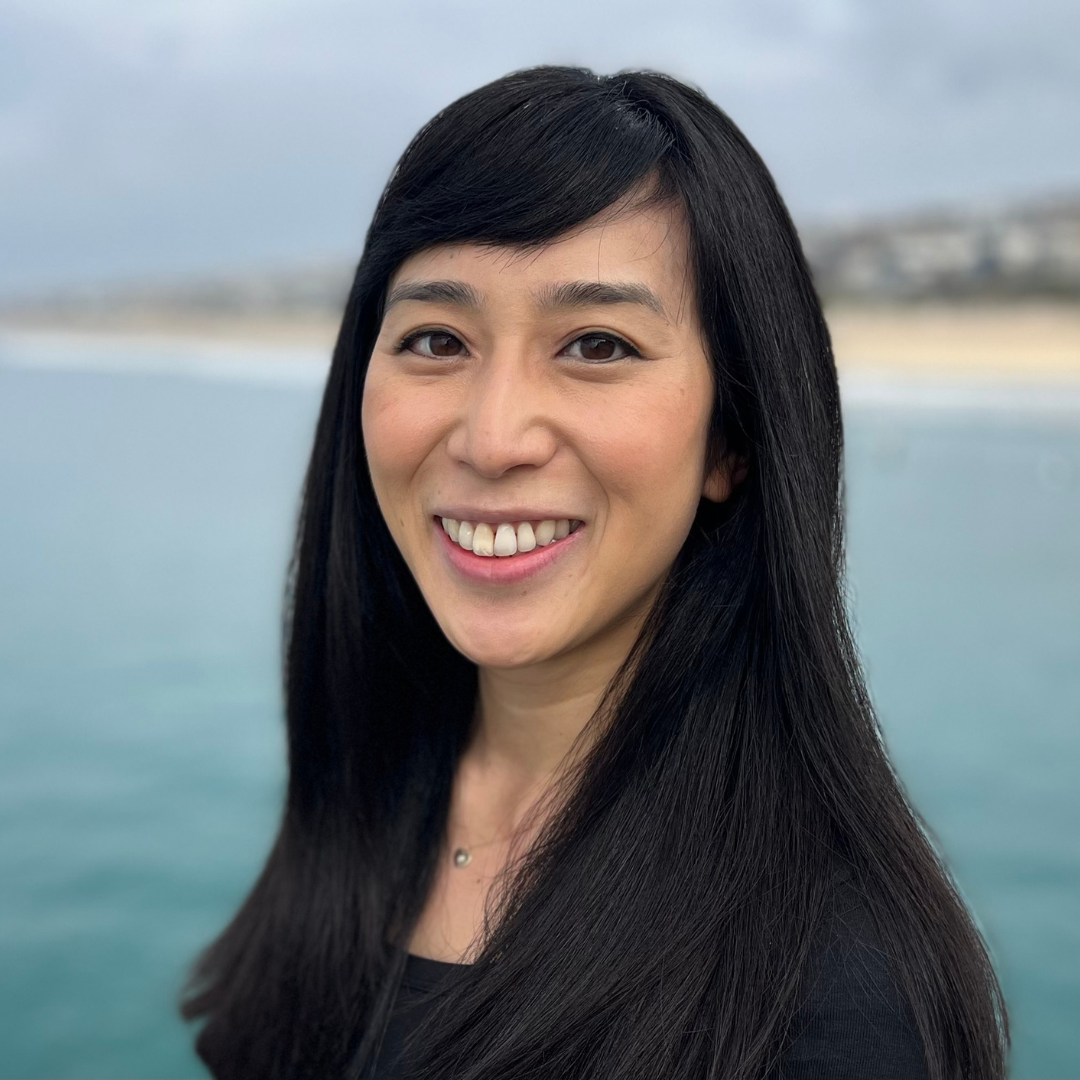
Rosanna Xia is an environmental reporter for the Los Angeles Times, where she specializes in stories about the coast and ocean. Her work spans feature writing to investigative reporting and engages themes of climate and social justice. Xia’s reporting has uncovered the dumping of toxic DDT waste off the Los Angeles coast; set the record straight on the seizure of Bruce’s Beach from its Black proprietors (prompting an unprecedented reparative land return in 2022); explored the impacts of coastal gentrification; and articulated the dangers posed to shorelines by pollution and heating oceans. She was a Pulitzer Prize finalist in 2020 for explanatory reporting on sea level rise, which inspired the work that culminated in California Against the Sea. Her writing has been anthologized in the Best American Science and Nature Writing series.
Debuts November 2024 — The Birds in the Oaks
A New Book on Oak-Allied Birds Celebrates Connections Between Tree Host and their Winged Tenants
In The Birds in the Oaks columnist Jack Gedney profiles over 15 bird species and their co-evolution with the oaks where they live, feed, and visit.
BERKELEY, CALIF. — Until you reach some 8,000 feet of elevation, nearly every woodland or forest in California includes oaks in at least a supporting capacity, and often as the dominant trees of an ecosystem. Wherever in the world they may be found, these iconic keystone species are host to a colorful cast of birds who roost, perch, and forage among their twisted limbs and furrowed bark, making them a veritable MVP for the ecologies where they live. Bird columnist Jack Gedney, explores the intricate connections between them and the pageant of feathered fliers that find succor among and beneath their branches in his charming new book The Birds in the Oaks: Secret Voices of the Western Woods (on sale October 15, 2024).
With this volume Gedney, the author of The Private Lives of Public Birds (Heyday, 2022), returns with an awe-inspiring portrait of the magnanimous oaks who welcome the dependence of an array of avian species, forming lines of connection that Gedney calls readers to witness and appreciate. Divided into four sections, The Birds in the Oaks profiles the nuthatches and woodpeckers who feed and roost in the oaks, the towhees and quail burrowing beneath their branches and creeping along their trunks, the chickadees and warblers who stop by for the occasional layover from the firs and pines, and the further-flung sojourners that can occasionally be glimpsed amidst their canopies. To know the oak woodland birds, Gedney argues, it is invaluable to know the trees around which their feeding, mating, and sheltering habits have evolved.
“In our human world of purchasable conveniences of invisible origin, it’s easy to slip into thinking that we operate apart, that we have no vital need for the rest of nature,” says Gedney, “It is much more difficult to make that error with birds, especially this troop of birds that together live upon the oaks, these trees like friendly giants, bearing kinglets on one arm and vireos on another, with creepers, woodpeckers, and nuthatches clinging to their chest and back.”
Through his insightful, lyrical observations of some 15 oak-allied bird species, Gedney reveals how the subtle and variable traits of these trees — from the deciduous oaks to the valley variety — invite the attentions and tenancies of different species. And he reveals, with wonder and details drawn from natural history, how these flora and avifauna have evolved ever more closely together over the course of millennia.
Media Contact:
Kalie Caetano
Marketing & Publicity Director, Heyday
For review copies, feature interest, and interview and image requests, get in touch: publicity@heydaybooks.com.
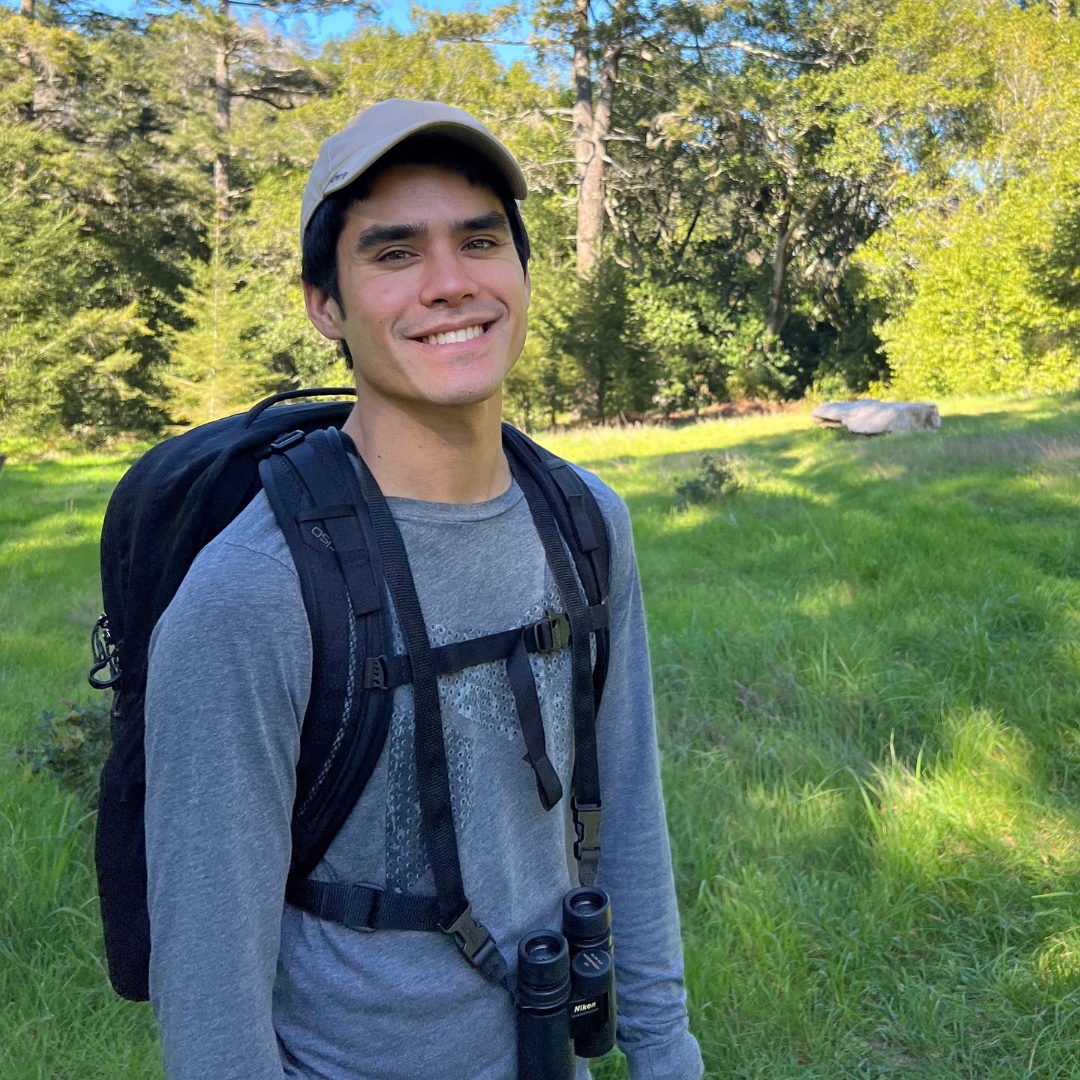
Jack Gedney is a bird columnist who writes “On the Wing” for the Marin Independent Journal and co-owner of a wild bird feeding and nature shop in Novato, California. He is the author of a compact field guide to the trees of the San Francisco Bay Area and The Private Lives of Public Birds: Learning to Listen to the Birds Where We Live (Heyday, 2022). His most recent book is The Birds in the Oaks: Secret Voices of the Western Woods, illustrated by Angelina Gedney.
Angelina Gedney is an artist based in Davis, California.
Debuts November 2024 — Bay Area Wildlife
Quirky Wildlife Guide to the San Francisco Bay Area Invites Readers to Connect with and Conserve Local Species
This antidote to dry field guides from advocate Jeff Miller shares detailed portraits of over 100 native creatures with illustration from eco-philosopher Obi Kaufmann
BERKELEY, CALIF. — As habitat loss and climate breakdown endanger ever more animal species, conservationist Jeff Miller invites fellow Bay Area denizens to embrace their local fauna through his delightful new book Bay Area Wildlife: An Irreverent Guide (on sale November 12, 2024). Featuring over 100 native creatures, spanning mammalian, marine, avian, amphibian and invertebrate species, this informative primer is a treasure map for regional wildlife that enlists readers to join the ranks of the world’s wildlife defenders.
Miller, a decades-long advocate for the Center for Biological Diversity, draws on his vast knowledge of the San Francisco Bay bioregion—an area spanning over 2 million acres of open space—to cast spotlights on the whereabouts and personalities of Northern California’s furred, feathered, and fork- tongued neighbors—from “screaming death parrots” (aka Peregrine falcons) to “bad-ass Looney Tunes velociraptors” (roadrunners). His colorful descriptions offer a compilation of each species’ natural history and fun facts—like that elephant seals have the loudest recorded burps (at 130 decibels) or that a group of owls is collectively known as “a parliament.” Each section also includes tips on when and where to find each animal alongside watercolor illustrations by Obi Kaufmann (author and artist of the bestselling The California Field Atlas). Notes on each animal’s conservation status round out each of Miller’s portraits.
“The San Francisco Bay Area has been identified as one of the nation’s six most important biodiversity hotspots, but facing numerous severe threats,” says Miller, “Our journey to enjoy, protect and steward Bay Area wildlife can start by educating ourselves and others about the ecology, habitats, and interrelatedness of local plants and animals.”
By celebrating the charms of local animals, Bay Area Wildlife gives readers a stake in this ecosystem’s future. Sections on lost species underscore the adverse impacts of the Anthropocene—an era characterized by Miller as the “unraveling of life on Earth.” Miller closes his guide with entry points into local conservation initiatives, warning of the impending “Age of Loneliness”—a human-caused extinction wave that robs our planet of its biodiversity—and implores readers to turn away from anthropocentrism toward connectivity and symbiosis.
Advance Praise for Bay Area Wildlife
“Breezy to read, bite-sized accounts of fascinating creatures, be they colossal or minute, obvious or clandestine, slimy or sinewy, and furred, feathered or finned, hold the reader’s attention. This lovingly irreverent perspective on this rich and diverse area will assuredly captivate, astonish, educate, and always entertain.”
—Keith Hansen, author of Birds of Point Reyes
“Jeff Miller, a leading advocate for wild nature in the region, writes without stuffiness. He deploys ageless archetypes then segues to the science.”
—Ken Brower, author of Wake of the Whale
“A fun and easy guide to get to know many of the fascinating and diverse fish, amphibians, reptiles, birds, and mammals (and even nudibranchs) of the Bay Area. Combining playful descriptions with excellent natural history observations, this book belongs in every nature-lover’s library.”
—Laura Cunningham, author of A State of Change
“The Blazing Saddles of wildlife guides.”
—Jolene Griffith, Jeff’s mom
Media Contact:
Kalie Caetano
Marketing & Publicity Director, Heyday
For review copies, feature interest, and interview and image requests, get in touch: publicity@heydaybooks.com.
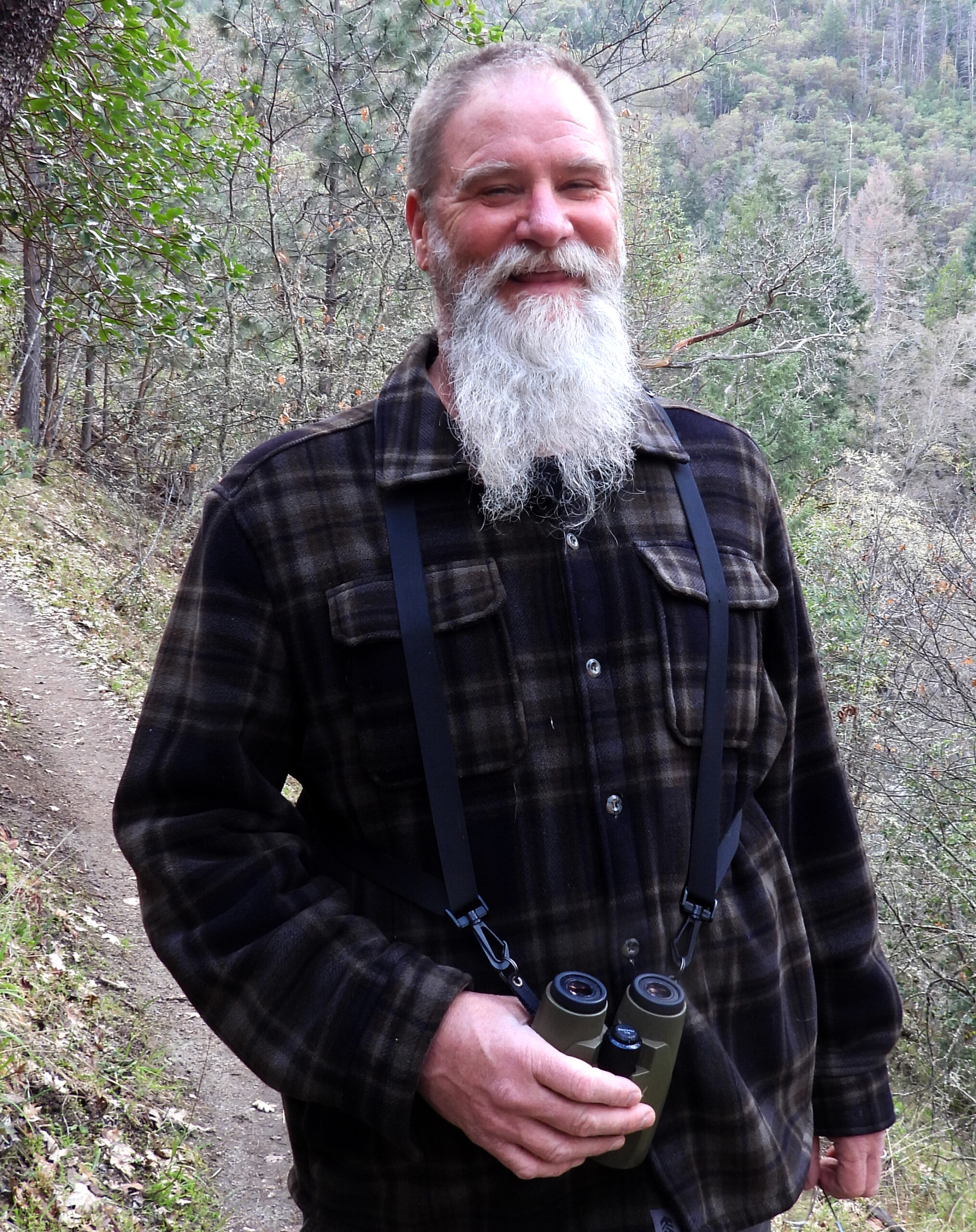
Jeff Miller is the founder of the Alameda Creek Alliance and has served as executive director since 1997. Jeff has spent the last quarter century protecting Bay Area wildlife habitat with the Center for Biological Diversity, where he helps with media outreach, writing endangered species listing petitions, and works on biodiversity issues and endangered species protection throughout California.
Debuts October 2024 — Louder Than the Lies
Anti-Racist Educator Unpacks Asian American Racialization and Self-Determination in New Book
A series of ideas and frameworks sets out to dispel white supremacist stigmas and stereotypes affecting people of Asian descent.
BERKELEY, CALIF. — Second-generation Taiwanese American educator Ellie Yang Camp delves into the complexity and nuances of what it means to be racialized as Asian in the U.S. in her debut book Louder Than the Lies: Asian American Identity, Solidarity, and Self-Love (on sale October 22, 2024). Intended as a guide for Asian Americans seeking clarity and validation, Camp draws on personal experiences, peer insights, historical case studies, and the racial justice struggles of other people of color to examine the inner workings of white supremacy and map an escape route from its system.
“Racial categories are thrust on us as a tool to govern us, not as expressions of how we see ourselves,” writes Camp, “Without a map, sometimes the safest thing to do is go with the flow of where everyone else is moving. And that flow tells us that if we become the whitest version of ourselves, fit into the ideal of the quiet, hardworking model minority, and distance ourselves from Blackness, we will be safe. To have the boldness to define ourselves is an act of radical liberation.”
Divided into three parts, Louder Than the Lies explores white supremacy through three lenses — The System, Living in the System, and Dismantling the System. Across the chapters Camp reveals how the nested ideologies of Eurocentric thinking, settler colonialism, capitalism, and empire have fomented and sustained racism. She explores, among other topics, the roots and impacts of anti-immigrant fervor and the perception of Asian Americans as “perpetual foreigners”; the curricular erasure of Asian American history and achievement; yellowface and whitesplaining; anti-Blackness within Asian American communities; and the past and present scourges of anti-Asian violence and hate crimes in the United States.
Throughout, readers are encouraged to press into and through moments of discomfort and to draw inspiration through self-reflection and coalition-building solidarity movements. By unlearning prevailing dogmas and cultivating introspection and multiracial allyships, Camp charts a path out of the “dumpster fire” of racist indoctrination and toward self-love and the collaborative, cross-racial pursuit of justice.
Advance Praise for Louder Than the Lies
“Louder Than the Lies is an essential read for understanding Asian American identity. It is a testament to Ellie’s commitment to our community.”
—Linda Yoon and Soo Jin Lee, coauthors of Where I Belong
“There is a drastic and urgent need for more Asian American voices, and especially Asian American women’s voices. Ellie has been a passionate leader in this space, and she has been instrumental in my own understanding of Asian American history.”
—Jeremy Lin, NBA Champion
“It’s vital to have a book like this out in the world. Ellie provides invaluable insights and resources to help our community better understand where anti-Asian hate comes from, how it impacts how we see ourselves, and how we can work together to overcome it.”
—Dion Lim, Emmy Award–winning news anchor and author of Amplify! My Fight for Asian America
“This book offers much-needed hope and encouragement to engage in collective possibilities for a more just future.”
—OiYan A. Poon, author of Asian American Is Not a Color
“This is and will be a necessary and useful tool for generations to come.”
—Jenny T. Wang, author of Permission to Come Home
Media Contact:
Kalie Caetano
Marketing & Publicity Director, Heyday
For review copies, feature interest, and interview and image requests, get in touch: publicity@heydaybooks.com.
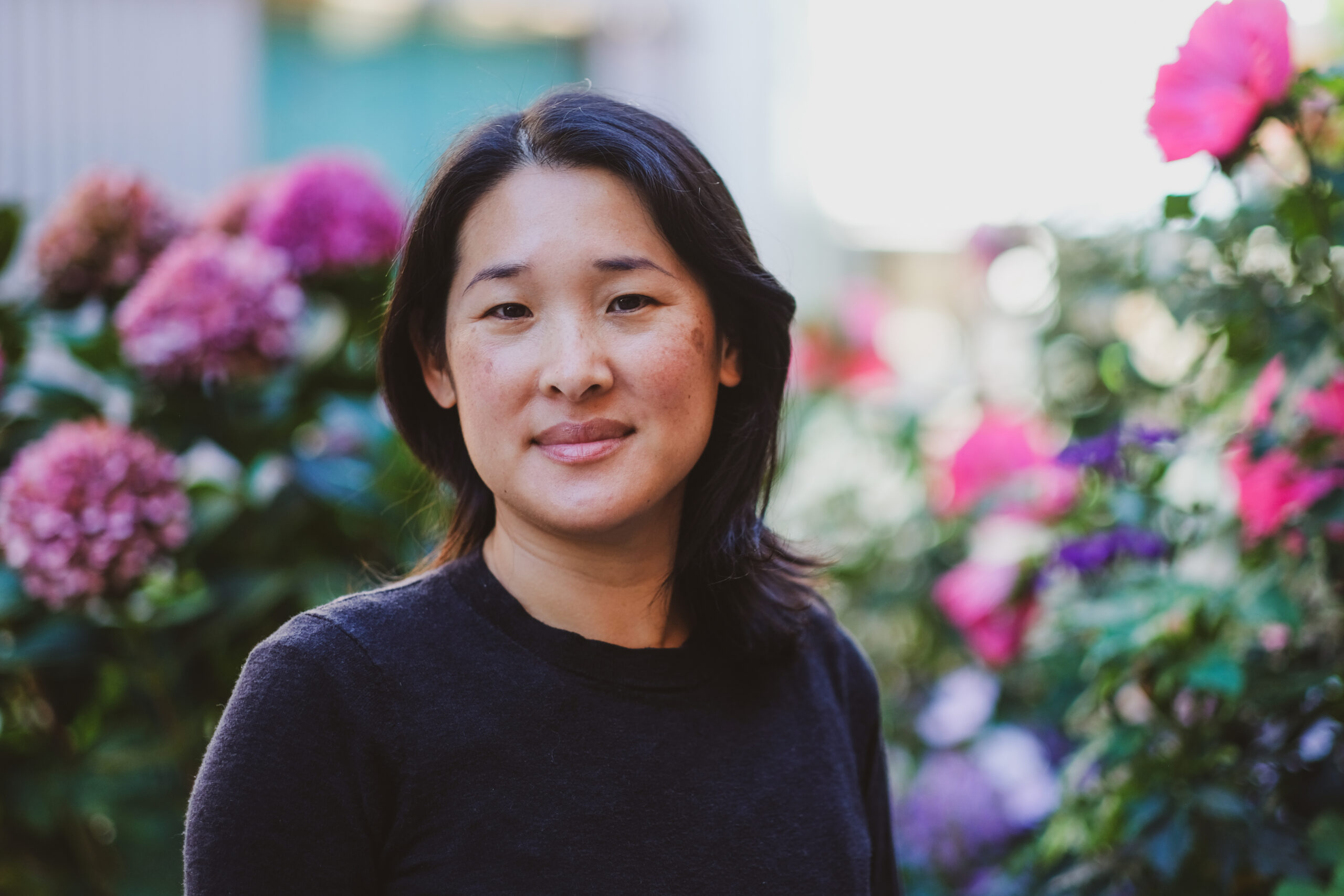
Ellie Yang Camp is an artist and educator from the San Francisco Bay Area. The proud daughter of Taiwanese immigrants, she has been a high-school history teacher, a full-time parent, a calligrapher, an anti-racist educator, and now an author. She has a bachelor’s degree in political science from UC Berkeley and a master’s degree in education from Stanford.
Debuts October 2024 — Tell Me Something, Tell Me Anything, Even If It's a Lie
Political and Literary Omnivore Steve Wasserman Releases a New Memoir-in-Essays
This exhilarating journey through the world of books penned by a “treasure of American letters” provokes and delights.
BERKELEY, CALIF. — During his decades-long career in publishing, Steve Wasserman has worn nearly every possible hat in the industry—editor, agent, reviewer, literary festival co-founder, publisher—serving as a midwife to the art and ideas of some of the most influential cultural juggernauts of recent decades, from Linda Ronstadt to the late Christopher Hitchens. This fall, this literary tastemaker dons his author’s cap for the first time in book form to publish an engrossing new memoir-in-essays, Tell Me Something, Tell Me Anything, Even If It’s a Lie (on sale October 8, 2024).
Lauded by Viet Thanh Nguyen, Héctor Tobar, Joyce Carol Oates, Vivian Gornick, and Hilton Als (to name just a few), this book encompasses Wasserman’s superbly turned hot takes, ranging from the frontlines of progressive politics to the higher gossip of the literati. The intellectual terrain within his orbit is as capacious as its geography—with deep-dive spannings from the readerly culture of Los Angeles to the art of the Russian avant-garde and featuring cameos from a constellation of extraordinary cultural figures—Susan Sontag, Orson Welles, Barbra Streisand, and Gore Vidal among them.
With his trademark wit, Wasserman reflects on the vitality of activism, journalism, and the world of books in this perceptive book. As a man of letters presiding over the twilight of the Age of Print, he interrogates the hegemony of Amazon, the collapse of newspapers, and the consequences of both for our civic discourse. Part archive, part crystal ball, these essays (originally published in the Nation, the American Conservative, the New Republic, the Los Angeles Times, and elsewhere) afford a view into a life lived on the crest of major cultural turning points for both medium and message. Throughout the tumult—whether of industry or politics—Wasserman’s stalwart conviction of the transformative potential of the written word never wavers, a devotion evident on every page.
“Getting to be an author’s first critic, helping to craft and hone arguments,” writes Wasserman, “to find ways to cut through the noise of the culture and get attention for deserving work, to advance public understanding and deepen civic conversation—all this has been my life’s passion.”
Advance Praise for Tell Me Something, Tell Me Anything, Even If It's a Lie
“Steve Wasserman is so open to experience—so open and articulate about history, and the new—that to not follow his quicksilver intelligence and bountiful heart in these wonderful pages would be criminal. Read, reflect, and rejoice in the bounty. What a gift.”
—HILTON ALS
“If ever a man was in love with The Movement—that is, the peace and liberationist movements of the 1960s, ’70s, and ’80s—that man is Steve Wasserman. This collection of essays, in all its intelligent exuberance, pays full respect to that honorable devotion.”
—VIVIAN GORNICK
“It’s such a pleasure to see the cream of Steve Wasserman’s writings now collected. He is, as he says of his late friend Susan Sontag, an ‘omnivore’—about politics, about literature, and about the way the rebellious currents he first encountered in 1960s Berkeley have continued to ripple through American life. The resulting volume is a feast.”
—ADAM HOCHSCHILD
“Steve Wasserman’s wit and passions are on full display in this collection of fine essays, crammed full of insights and anecdotes from several (apparently very fun) decades in the literary world. A troublemaker of the good kind since his youth, Wasserman continues to inspire with his vigorous dedication to the life of the mind, exhibited with clarity and grace in this book.”
—VIET THANH NGUYEN
“An intensely personal, engaging, and illuminating memoir in the form of essays published over fifty years, Tell Me Something, Tell Me Anything, Even If It’s a Lie is a richly detailed account of the intellectual life of an individual upon whom, to paraphrase Henry James, ‘nothing has been lost.’ Highly recommended.”
—JOYCE CAROL OATES
“A passionate witness of the upheavals of the past five decades that guided America to places unimagined before, Steve Wasserman’s clear and sober reflections remind us how much in this history there is to discover and to honor.”
—DARRYL PINCKNEY
“With its deeply human portraits and incisive criticism, Tell Me Something, Tell Me Anything, Even If It’s a Lie is a record of a personal and intellectual journey like few others. Steve Wasserman is a treasure of American letters and his book is a testament, above all, to a literary life lived to the fullest.”
—HÉCTOR TOBAR
Media Contact:
Kalie Caetano
Marketing & Publicity Director, Heyday
For review copies, feature interest, and interview and image requests, get in touch: publicity@heydaybooks.com.
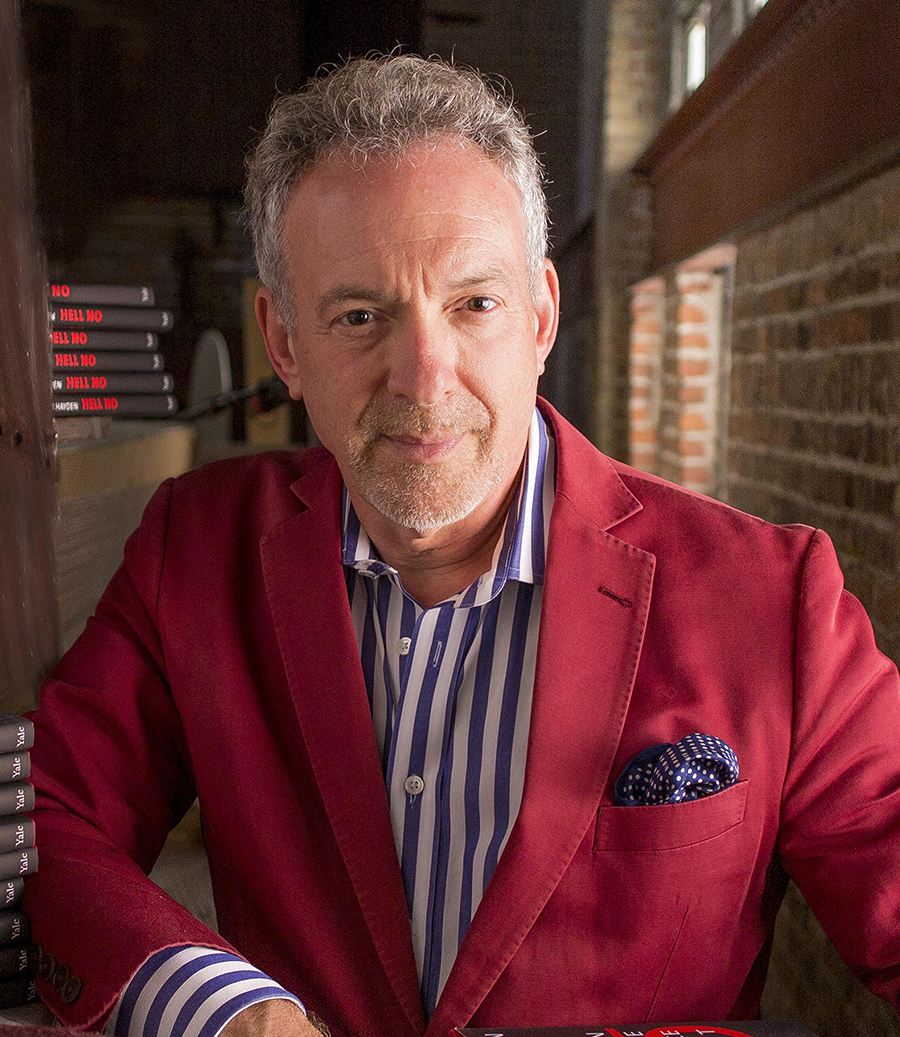
Steve Wasserman is publisher of Heyday. A 1974 graduate of UC Berkeley, he holds a degree in criminology. His past positions include being deputy editor of the op-ed page and opinion section of the Los Angeles Times; editor of the Los Angeles Times Book Review; editorial director of New Republic Books; publisher and editorial director of Hill and Wang at Farrar, Straus & Giroux and of the Noonday Press; editorial director of Times Books at Random House; and editor at large for Yale University Press. A former partner of the literacy agency Kneerim & Williams, he represented many authors, including Christopher Hitchens, Linda Ronstadt, Robert Scheer, and David Thomson. He lives in Berkeley, California.
Debuts September 2024 — State of Fire
Bestselling Author Obi Kaufmann Seeks to Shift Our Understanding of California’s Fires
In this artful meditation, the beloved painter and eco-philosopher reassesses wildfire as a force for regeneration, rather than destruction.
BERKELEY, CALIF. — There may be no greater representation of California’s ecological crisis than its fires. In recent years, they have become larger and deadlier than ever before, forcing us to reckon with how we have failed the land and the incredible cost of that negligence. Obi Kaufmann’s lushly illustrated new book, The State of Fire: Why California Burns (on sale September 17, 2024), explores how we got here and how we may get out.
The story of California fires is surprising and ancient. Fire has always played a vital role in our ecosystem—it fertilizes the soil, creates easier hunting grounds for certain animals, and gives space for plants to root. In short: life flourishes after fires. But the fires of today are different. Centuries of logging, a lack of controlled burns, and the spread of invasive plant species has given rise to the gigafire and its corollary problems: massive smoke covers, erosion, mass death events in animal populations.
In this new book, Obi Kaufmann delves into the history, science, and future of fire ecology. With Kaufmann’s signature artistry and deep research this book looks at some of the most devastating fires of modern history and also the many ways that our ecosystem benefits from fire. It’s an ultimately hopeful book. One that points to the many ways that we may coexist with fire and responsibly steward California into a more balanced future.
“For every point of despair,” Obi says, “I have a counterpoint of hope for the survival and restoration of the natural world. … As long as there is time, there is hope.”
Praise for Obi Kaufmann
“Obi Kaufmann’s books are like bibles to me. . . . They’re beautifully drawn, written, printed and bound, and they explain California’s natural beauty better than anything I’ve read before.”
—Dave Eggers
“[Kaufmann’s] approach encourages a love of place, which is often the first step toward wanting to protect and preserve it.”
—American Scientist
“Kaufmann’s gaze easily ranges from the micro to the macro. … As a reader you are invited to join him on a journey of discovery—not as a passenger but as an active participant.”
—San Francisco Chronicle
“[Kaufmann] swirls research with poetry, the personal and human with the collective and ecological.”
—Mother Jones
“His deft hand and knowing eye convey not only wild beauty but some of the essence of his subjects. … They offer rich amounts of information, with varied but encompassing glimpses of the features he observes from place to place and how all the parts work together.”
—The Press Democrat
“Kaufmann’s expressive writing is matched by his creativity as an artist … Audubon-esque in style and scope.”
—San Francisco Examiner
“Obi wants to inspire us to be optimistic, not fatalistic about the world we find ourselves in. Stories of recovery are all around us if we open our eyes. He believes we can, indeed, reverse course and save what we have inherited.”
—EcoNews
Media Contact:
Kalie Caetano
Marketing & Publicity Director, Heyday
kalie@heydaybooks.com
Megan Posco
Publicist, Posco Publicity
megan@poscopublicity.com
For review copies, feature interest, and interview and image requests, get in touch: publicity@heydaybooks.com.

Obi Kaufmann is the author of The California Field Atlas (2017, #1 San Francisco Chronicle Best Seller), The State of Water (2019), The Forests of California (2020), The Coasts of California (2022), and The Deserts of California (2023), all published by Heyday. When he is not backpacking, you can find the painter-poet at home in the East Bay, posting trail paintings at his handle @coyotethunder on Instagram. His speaking tour dates are available at californiafieldatlas.com, and his essays are posted at coyoteandthunder.com.
Debuts August 2024 — Redress (paperback release)
Leader of the Japanese American Reparations Movement Shares Inside Story of the Historic Campaign for Redress
Former director of the longest standing Asian American civil rights group shares strategies and provides a roadmap for other reparations movements
BERKELEY, CALIF. — Signed in 1942, Executive Order 9066 mandated the forced evacuation, dispossession, and incarceration of 120,000 Japanese people residing in the United States, solely on account of their ancestry. Forty years later, the US Congress declared that this “decision to exclude and detain was a result of racism, wartime hysteria, and a failure of leadership” and authorized an unprecedented reparations program to the survivors. This unprecedented civil rights victory was the culmination of a years-long restorative justice movement, and Redress: The Inside Story of the Campaign for Japanese American Reparations by John Tateishi (forthcoming in paperback August 2024) chronicles that effort through the eyes of one of its chief stewards.
Tateishi, the former national director of the redress campaign for the Japanese American Citizens’ League, shares the ins and outs of the decades-long drive to raise public consciousness and lobby the nation’s leaders to recognize and repair the injustice of wartime incarceration. “Convince the public, and you convince Congress,” was his guiding mantra, and it would inform the public affairs and legislative strategies that he and fellow activists pursued until their goal was realized: a presidential apology and pardons, and $20,000 in compensation to survivors (equivalent to $80,000 in 2024 dollars).
In Redress, Tateishi takes readers through the public debates and backroom bargains, media milestones and pitched battles in Washington that led to the legislative victory for Japanese American reparations, offering a roadmap for other social justice movements along the way. Since its original publication in hardcover, Redress has gone on to inspire thought leaders and policymakers invested in the movement for Black reparations in particular—including members of the California State Task Force to Study and Develop Reparations Proposals for Black People and advocates of US House Bill 40.
“The readers for whom this book seems to have resonated most have been proponents for the Black reparations movement,” says Tateishi in his preface to the new edition, “Recognizing the sliver of an opening that the Japanese American redress campaign once had can offer hope for what may come through the sliver of an opening that the campaign for Black reparations has now.”
Advance Praise for Redress
“At a moment when talk of reparations is in the air, there is no more inspiring story to tell than of the time that tens of thousands of Americans who actually won them. Redress gives us an insider’s step-by-step view of how a bold and determined group of Japanese Americans achieved an unprecedented goal that, at the beginning, looked impossible. We have a lot to learn from their extraordinary success..”
—Adam Hochschild, author of Bury the Chains: Prophets and Rebels in the Fight to Free an Empire’s Slaves
“The lessons learned and the history made in this book are indispensable for all those who are seeking redress and reparations for their own communities today.”
—Karen Korematsu, founder and executive director of the Fred T. Korematsu Institute
“John Tateishi, who was on the front lines of the Japanese American redress movement, has written a compelling blow-by-blow account of that struggle. This is a quintessentially American story of how, in the face of seemingly insurmountable odds, justice nevertheless prevails.”
—Jay Feldman, author of Manufacturing Hysteria: A History of Scapegoating, Surveillance, and Secrecy in Modern America
“Redress is a must-read for understanding the success of the redress campaign and how it changed the course of American history.”
—Norman Mineta, former U.S. secretary of transportation
“A fascinating insider’s account of a historic campaign by a marginalized community and its allies to see redress from the most powerful country in the world. Simply compelling!”
—Dale Minami, lead counsel in overturning Korematsu v. United States
Media Contact:
Kalie Caetano
Marketing & Publicity Director, Heyday
For review copies, feature interest, and interview and image requests, get in touch: publicity@heydaybooks.com.
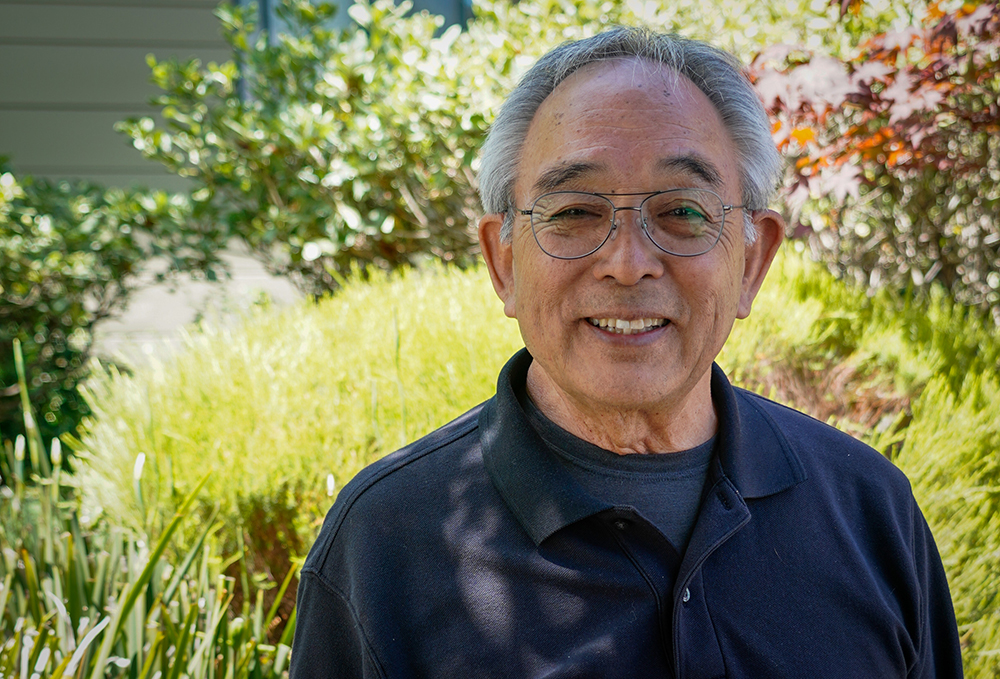
John Tateishi, born in Los Angeles in 1939, was incarcerated from ages three to six at Manzanar, one of America’s ten World War II concentration camps. He studied English Literature at UC Berkeley and attended UC Davis for graduate studies. He played important roles in leading the campaign for Japanese American redress, and as the director of the Japanese American Citizens League, he used the lessons of the campaign to ensure that the rights of this nation’s Arab and Muslim communities were protected after 9/11.
Debuts August 2024 — Heyday at Fifty
Heyday Debuts Anniversary Anthology Celebrating Half a Century of Publishing in 2024
Founded in 1974, the fiercely independent Bay Area-based publisher of California nature, arts and culture, Indigenous perspectives, and social justice turns 50.
BERKELEY, CALIF. — Heyday, the independent nonprofit press chronicling the arts, cultures, and natural landscapes of California celebrates half a century of publishing in 2024. The publishing house founded in 1974 by Malcolm Margolin continues its mission fifty years later to explore the wild wonders of the Golden State, plumb its rich cultural history, center the voices of the West Coast’s first peoples, and promote social justice. In honor of its golden jubilee the press will publish an anniversary anthology, Heyday at Fifty (debuting August 2024), drawing on highlights from its five-decade deep list.
Heyday began when founder Margolin—described by Rebecca Solnit as “the glue that holds the sweetest parts of California together”—wrote, designed, and typeset his first book, East Bay Out. His publication four years later of The Ohlone Way would go on to become a classic in its field, selling over 100,000 copies. Over the course of Margolin’s 41 years as Heyday’s publisher, his “one-man band” grew into a small but mighty award-winning publishing powerhouse that, in addition to publishing award-winning books, incubated the magazines Bay Nature (now independently operated) and News from Native California, a quarterly magazine centering the vitality of California’s Indigenous arts, politics, and social justice movements. As Publishers Weekly wrote in 2002, Heyday “has clearly staked its claim as a literary institution rooted in the historical and cultural life of California.”
Today a 14-person press helmed by former Los Angeles Times Book Review editor Steve Wasserman, who became publisher of Heyday in 2016, the house publishes 15 – 20 titles per year, including the immensely popular nature guides of John Muir Laws, the bestselling field atlases of Obi Kaufmann, and authors who run the gamut from poet-professor Deborah A. Miranda to environmental reporter and Pulitzer finalist Rosanna Xia to 11-time Grammy Award-winning singer Linda Ronstadt—all of whom feature in the press’s anniversary anthology.
“Our four areas of focus—our ‘pillars,’ as we call them—are nature, history and culture, social justice, and Native California,” says General Manager and Editorial Director Gayle Wattawa in a 2021 interview with Literary Hub. “Beyond that it’s always hard to articulate a sensibility—we know it when we see it—but we look for projects that are rooted in both place and social justice, explore new ideas, contribute meaningfully to the culture, have depth and authority, cross-pollinate between subjects, express a literary sensibility, and err on the side of playfulness.”
Heyday at Fifty, edited by longtime managing editor Emmerich Anklam, showcases this distinctive sensibility that has animated the publishing house since its founding, with excerpts curated from such house writers as National Book Award finalist Susan Straight, distinguished sansei author David Mas Masumoto, Pulitzer Prize-winning poet Gary Snyder, and Pulitzer Prize-winning novelist Jane Smiley, organized around Heyday’s four pillars: Honoring Nature, Fighting Injustice, Celebrating Native California Cultural Renewal, and Making History.
To celebrate the press’ fiftieth anniversary, Heyday is organizing a series of celebrations and programming throughout the year, including publishing panels at the Los Angeles Times Festival of Books (Los Angeles, April 20 – 21), the Bay Area Book Festival (Berkeley, June 1 – 2), and Litquake (San Francisco, October 10 – 26). Anniversary celebrations will culminate with the 18th Annual Heyday Harvest, the press’ yearly fundraiser (October). This year’s Harvest will mark the first return to an in-person program since the onset of the COVID-19 pandemic, during which Percival Everett will be awarded the Heyday History Award for his publication of James: A Novel and Malcolm Margolin, the press’ 83-year-old founder, will be honored with Heyday’s Lifetime Achievement Award.
“The depth of the community that has formed around Heyday is my deepest pride and greatest accomplishment,” Margolin told Publishers Weekly in 2014, and Heyday looks forward to sharing this milestone with that community this anniversary year.
Praise for Heyday
“Confluence is a big part of California, and Heyday has been the glorious secret center of confluence for many years, the place where art and literature and Native lore and environmental history all converge.”
—REBECCA SOLNIT, writer, historian, and activist
“Many of the books Heyday publishes prompt us to think more deeply about how we relate to the natural world, the intersections to social justice, and the history of land—recognizing that the history of land is inseparable from the history of our society.”
—ROSANNA XIA, author of California Against the Sea
“Heyday is the dynamic cultural storehouse of contemporary California Indigenous literature. We need a press like Heyday in every geographical section of the Americas!”
—JOY HARJO, poet, musician, writer, and performer
“Heyday exemplifies why small presses matter to American culture because the books it published, the conversations they fostered, changed the broader culture—not just in California but across North America.”
—DANA GIOIA, poet and former Chairman of the National Endowment for the Arts
“One of America’s most important independent publishers—I’ve been buying their beautifully designed, thought provoking, irresistible publications for years.”
—SUSAN D. ANDERSON, history curator and program manager at the California African American Museum
A full list of contributors to Heyday at Fifty is included below:
Emmerich Anklam is the editor of Heyday at Fifty. He is managing editor at Heyday, and he has been on the Heyday staff since 2015. His writing and reviews have appeared in Protean and Dispatches. He lives in Berkeley, California.
Media Contact:
Kalie Caetano
Marketing & Publicity Director, Heyday
For review copies, feature interest, and interview and image requests, get in touch: publicity@heydaybooks.com.
Debuts August 2024 — Bird of Four Hundred Voices
Mexican Folk Music Takes Center Stage in New Memoir
Los Cenzontles founder Eugene Rodriguez shares his story of cultivating young Chicano musicians by connecting them to their cultural roots.
BERKELEY, CALIF. — Los Cenzontles — the prolific Mexican folk band and nonprofit — was founded by Eugene Rodriguez in the late 1980s on the conviction that culture helps us understand the fullness of who we are. Acutely aware of the lack of Mexican American representation in mainstream US media, Rodriguez created Los Cenzontles as a pathway for young Chicano musicians to connect with their roots through song. In Bird of Four Hundred Voices: A Mexican American Memoir of Music and Belonging, Rodriguez details how his upbringing propelled him to cultivate this one-of-a-kind ensemble, who today are collaborators to some of the leading Latino recording artists of all time.
“In a society that tries, in countless ways, to convince us to devalue ourselves, the cultural arts can help our children build resourcefulness and resilience that can protect their sense of self,” says Rodriguez, who began giving classical guitar lessons to kids living at a blighted edge of the East Bay while studying music in San Francisco. His deep repertoire drew from the vibrant tapestry of Mexico’s traditional genres: mariachi, rancheras, huapangos — all of which became the founding inspiration for Rodriguez’s eventual nonprofit offering musical education to the children of the Mexican diaspora living in working class communities of the Bay Area.
Starting from humble origins and a lean staff, Los Cenzontles (the mockingbirds) has enjoyed meteoric success by both “honor[ing] and upend[ing] traditional Mexican music,” and creating “something completely new, and distinctly American,” as the the New York Times wrote. Today the group is a transformative cultural institution that has recorded a Grammy-nominated album, offered rousing performances on both sides of the border, collaborated with the likes of Taj Mahal and Ry Cooder, and co-starred in a Linda Ronstadt documentary (Linda and the Mockingbirds). By esteeming students as collaborators, Los Cenzontles has not only transformed the lives of the young people who have picked up a guitar under its imprimatur but it has also established for itself a lasting influence in some of the most celebrated echelons of Mexican folk music.
“Eugene teaches children the right music for the right reasons, not necessarily to be performers but to explore their own joys and sorrows” says Linda Ronstadt, whose mariachi album Canciones de mi Padre went double platinum in the US market, “I wish I had studied with him when I was growing up. Read this beautifully written book about culture, identity and resilience, and you will know why.”
Advance Praise for Bird of Four Hundred Voices
“An inspiring tale of the transformative power of culture.”
—LINDA RONSTADT
“A son of so much: activism, history, art, pride, California, Mexico, the world. Each sentence, paragraph, page and story is a fandango for the soul.”
—GUSTAVO ARELLANO, L.A. Times columnist and author of Taco USA
“For many years, I have been hearing of some kind of magic that Eugene Rodriguez was creating across San Francisco Bay, with an institute of serious fun. In hardscrabble San Pablo, California, Eugene Rodriguez records his life’s work first as student then as teacher: He has taught young men and women and children to dance and sing with the dead.”
—RICHARD RODRIGUEZ, author of Hunger of Memory
“Firmly rooted in tradition and activism, Eugene Rodriguez’s Bird of Four Hundred Voices brings us the extraordinary trajectory of one of the most renowned traditional Mexican dance advocates and attests to the tremendous power of cultural affirmation and celebration.”
—NORMA E. CANTÚ, author of Dancing Across Borders
Media Contact:
Kalie Caetano
Marketing & Publicity Director, Heyday
For review copies, feature interest, and interview and image requests, get in touch: publicity@heydaybooks.com.
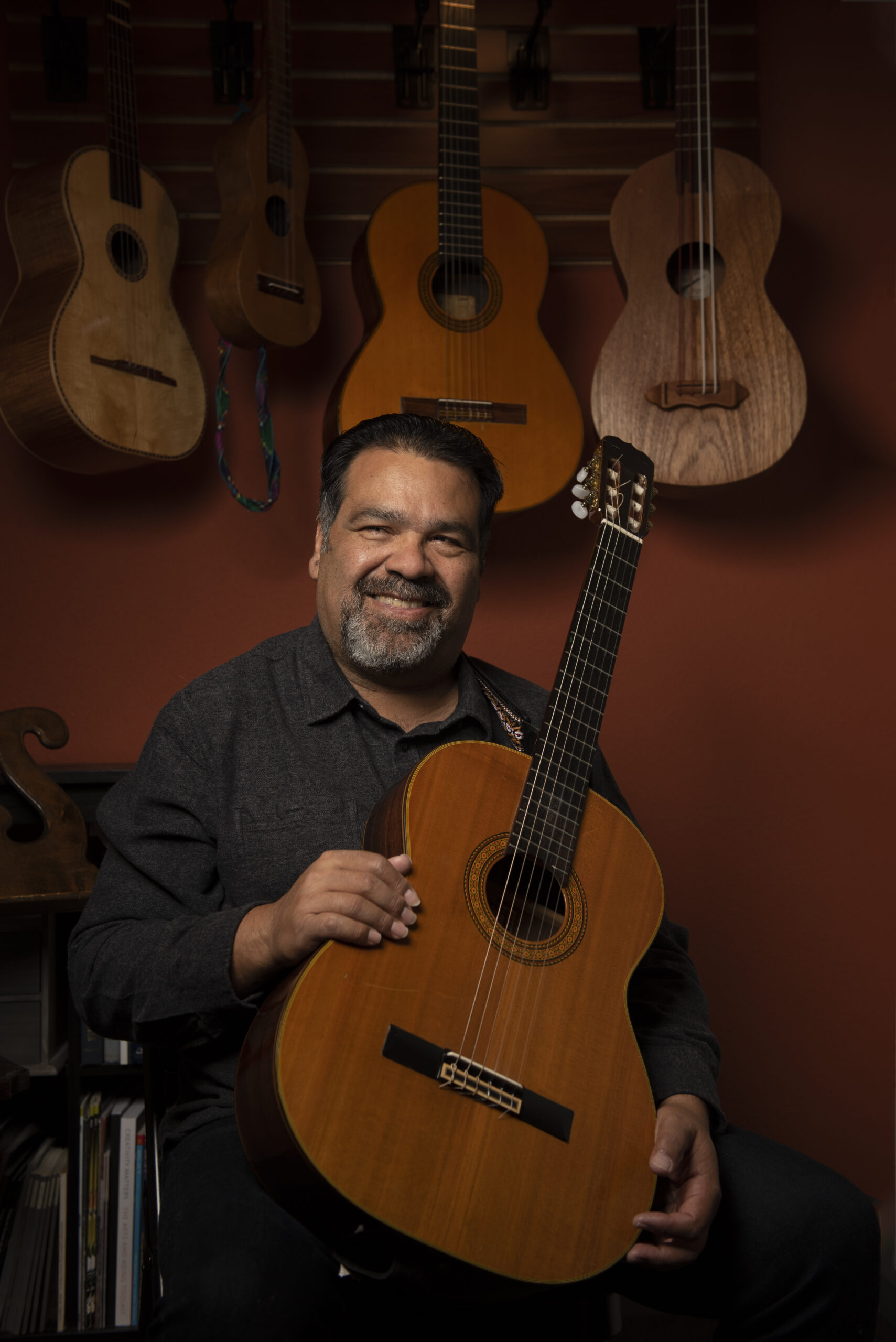
Eugene Rodriguez is founder and executive director of Los Cenzontles Cultural Arts Academy, a nonprofit based in San Pablo, California. He formed Los Cenzontles in 1989. Rodriguez has produced over thirty albums and numerous films for Los Cenzontles, and he has collaborated with Linda Ronstadt, Jackson Browne, Los Lobos, Lalo Guerrero, Ry Cooder, the Chieftains, and Taj Mahal. His work has been featured in the New York Times, the Los Angeles Times, the San Francisco Chronicle, and NPR. He is also the recipient of several awards and fellowships, including from the California Arts Council and United States Artists. He lives in Richmond, California.
Debuts May 2024 — Unnatural Habitat
A Vivid, Novel Portrait of the Bizarre Ecosystem of Los Angeles Calls on Angelenos to Support the City’s Wildlife
Craig Stanford reveals the interconnectedness of LA’s unlikely mosaic of plant and animal life, both native and introduced, and the actions that we can take now to support its abundant biodiversity.
BERKELEY, CALIF. — Los Angeles boasts one of the busiest biospheres in the world. The daily jostling of millions of people across a city brimming with wildlife, both native and new to the region, make the LA basin one giant jigsaw puzzle of an ecosystem. While some species flourish and others flounder, the rapid sprawl of human settlement raises pressing questions about how to support the immense and ever-shifting biodiversity of the metropolis and surrounding lands. In Unnatural Habitat: The Native and Exotic Wildlife of Los Angeles biologist and anthropologist Craig Stanford explores how flora and fauna from the world-over converge and survive in this unfurling urban landscape.
“The natural Southern California landscape is not the one in which most suburban Angelenos live,” says Stanford, “Most of us inhabit a verdant but ecologically hollow subtropical system”—one in which natural interactions that typically compose a healthy ecosystem are largely gone. A verdant, Edenic tableau of nonnative palm trees, parrots, and peacocks parade across an engineered oasis that defies the region’s naturally semi-arid climate. Species that formerly thrived in these environs—indigenous mountain lions, monarch butterflies, and the once-mighty oak—dwindle in number as introduced species—feral cats, rats, and fountain grasses—proliferate and prosper.
Blending natural and human history with a scientist’s insight, Stanford—“a talented and fluid writer as well as an accomplished researcher” (writes the Wall Street Journal)—reveals the unlikely mosaic that has emerged in Los Angeles, and how we can begin to stack the deck back in favor of diverse, robust, and sustainable habitats. From the sky island ecosystems atop LA’s majestic mountain ranges to the bucolic green lawns of suburbia, he interrogates the interconnectedness of place, people, and wildlife in Southern California, always with an eye to the question: What sort of future do we wish to build? And how do we create that future, starting in our own backyard?
Media Contact:
Kalie Caetano
Marketing & Publicity Director, Heyday
For review copies, feature interest, and interview and image requests, get in touch: publicity@heydaybooks.com.
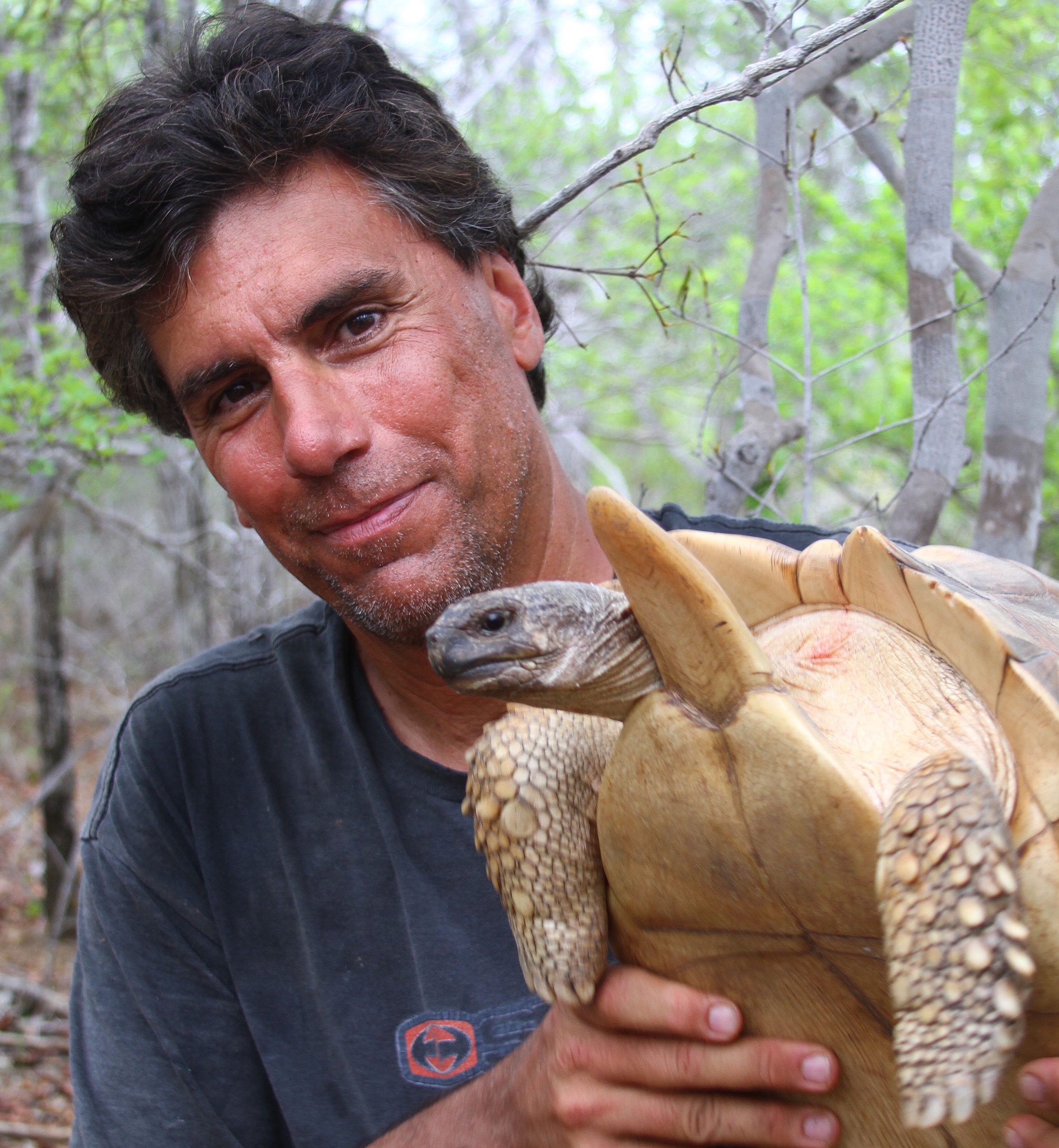
Craig Stanford is a biologist and anthropologist at the University of Southern California. He is known for his long-term field research on wild chimpanzees in East Africa, and for his many field studies of highly endangered turtles and tortoises in Asia and Latin America. He has published nearly twenty books and hundreds of articles about animal behavior, human origins, and environmental issues. Stanford is a long-time resident of the Pasadena area in Southern California.

